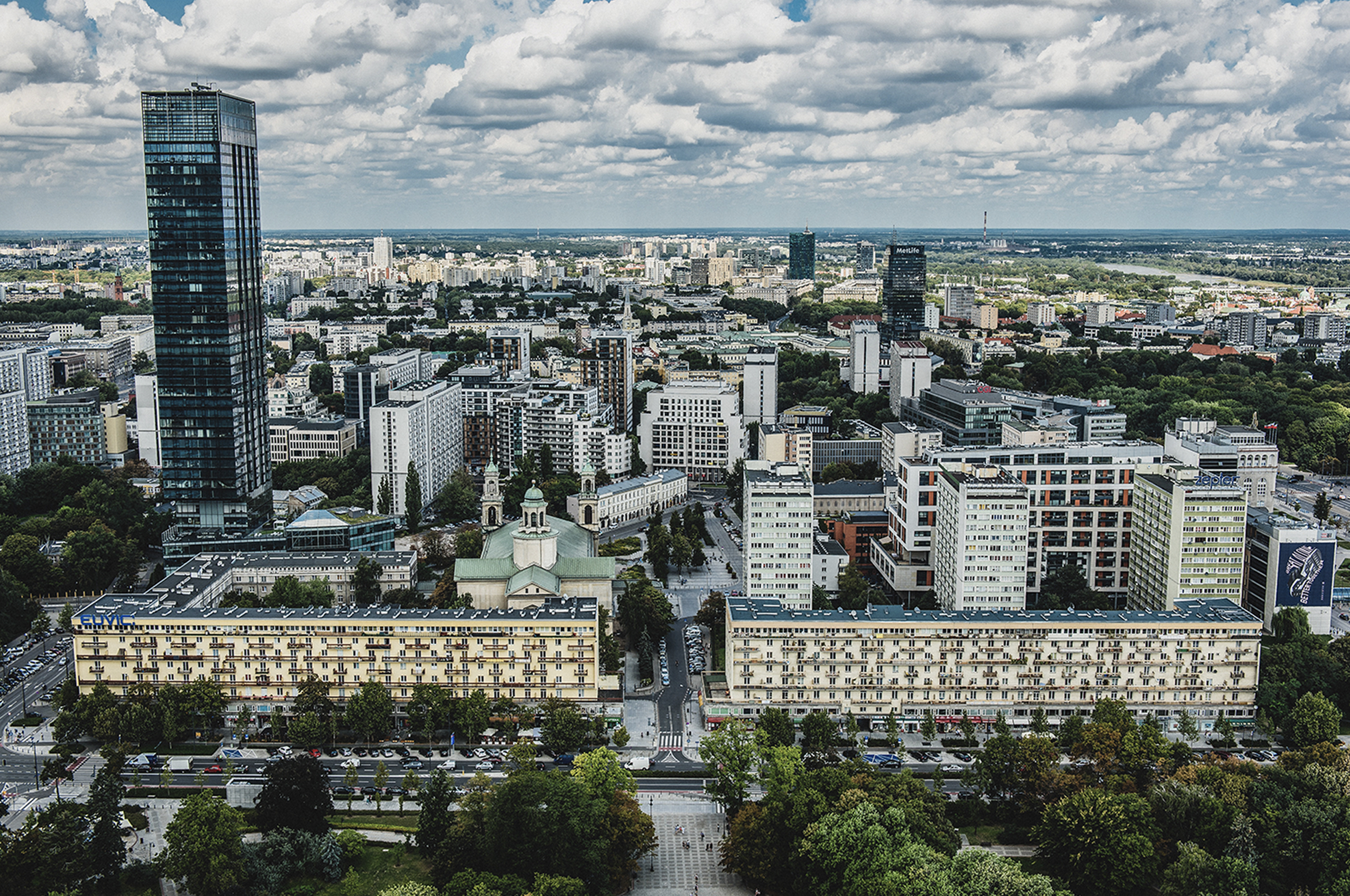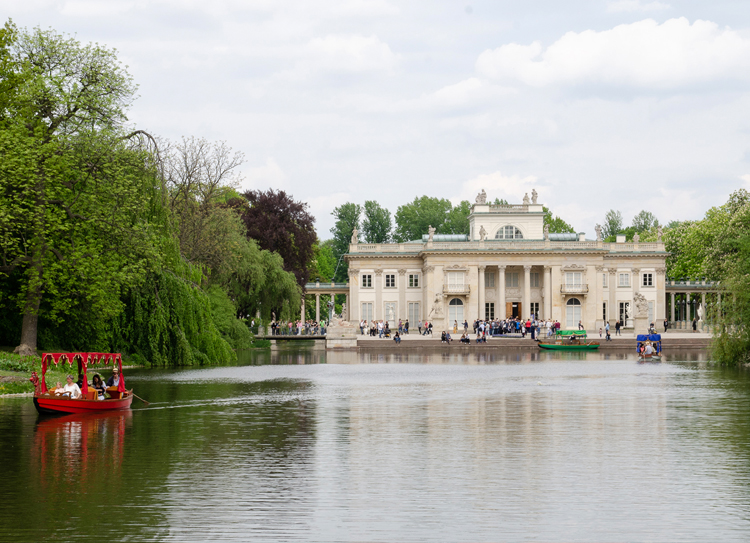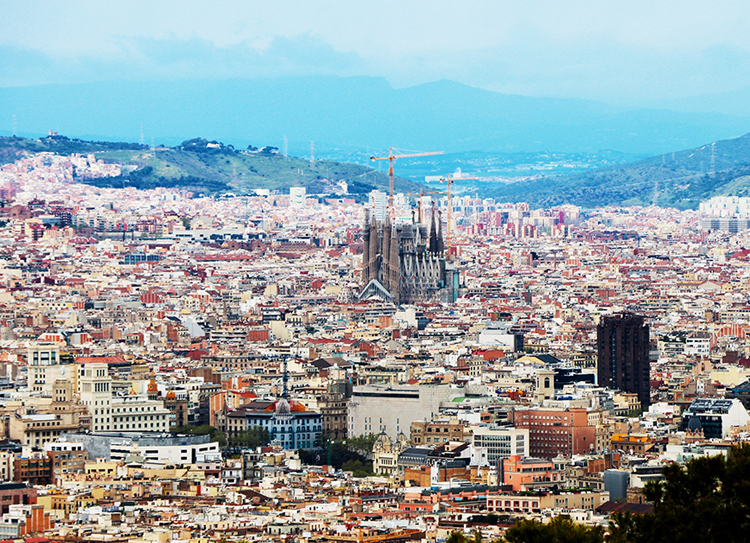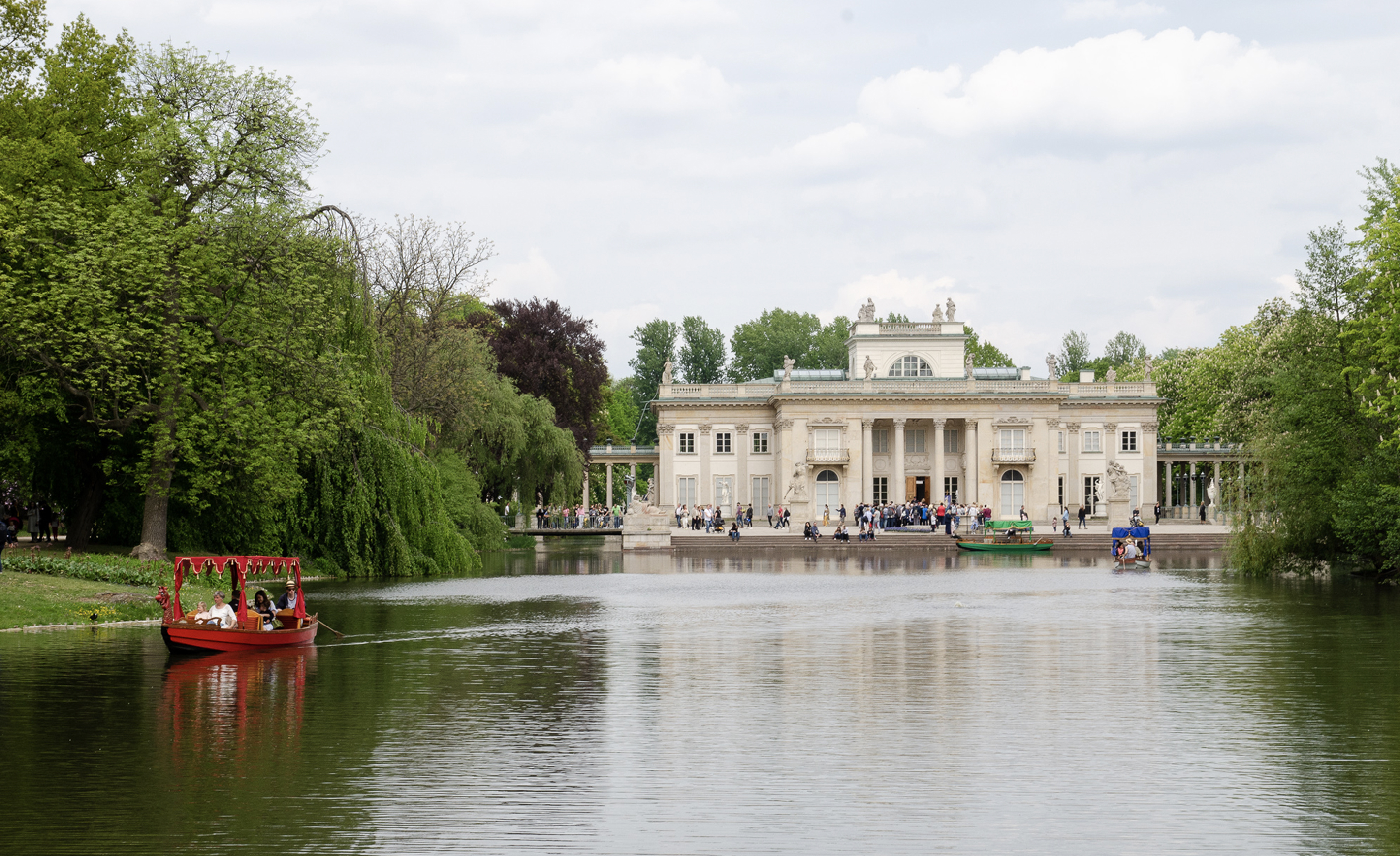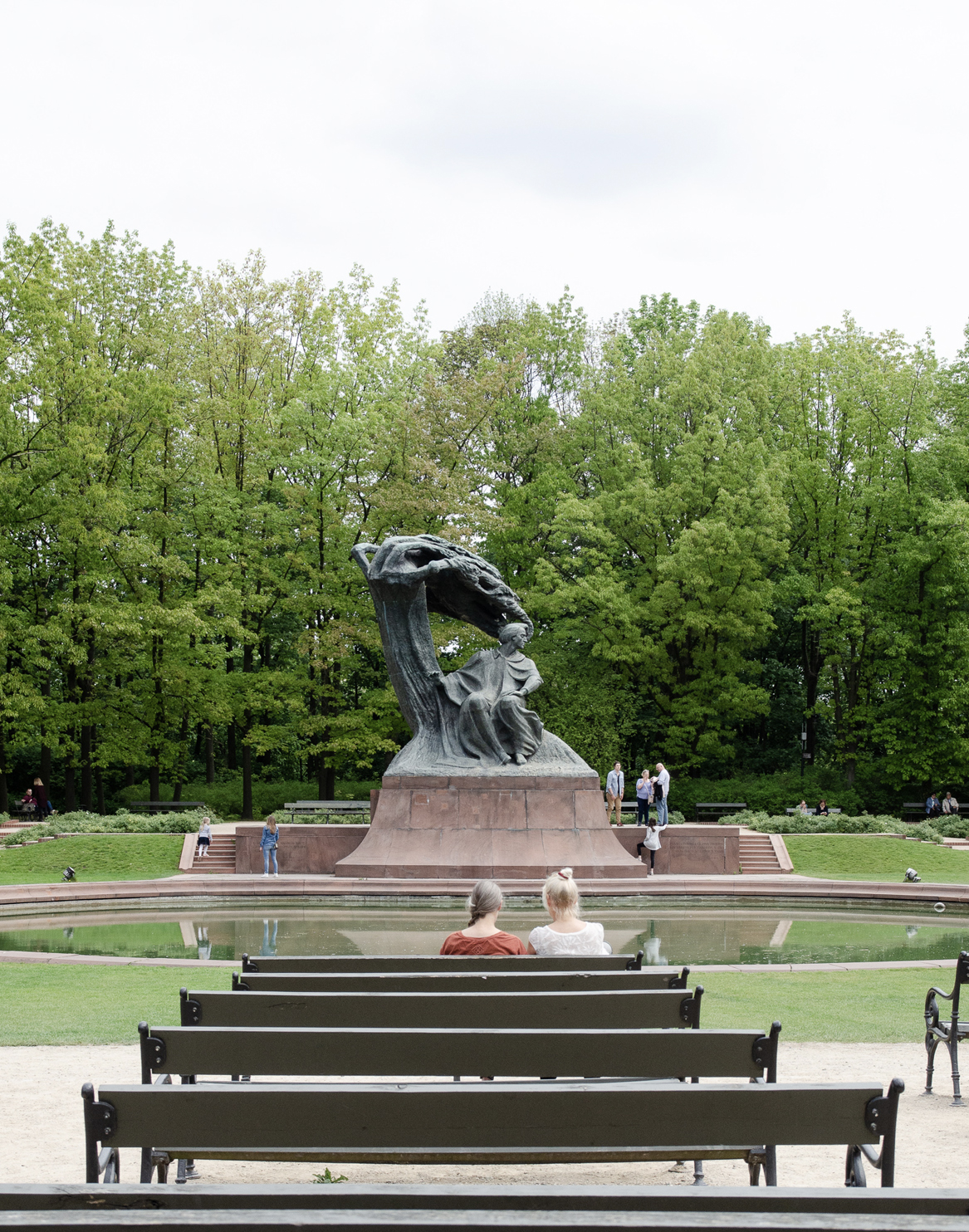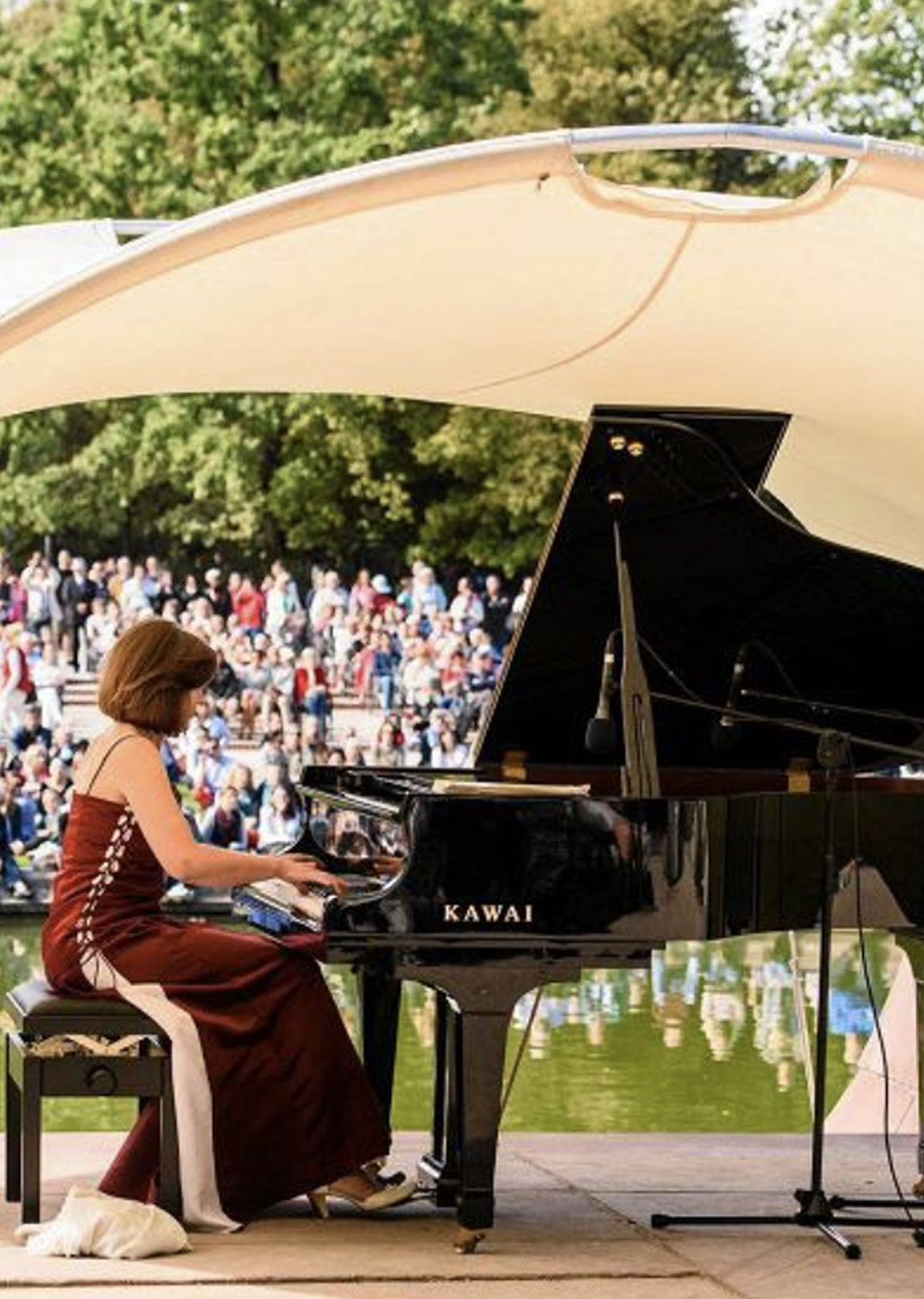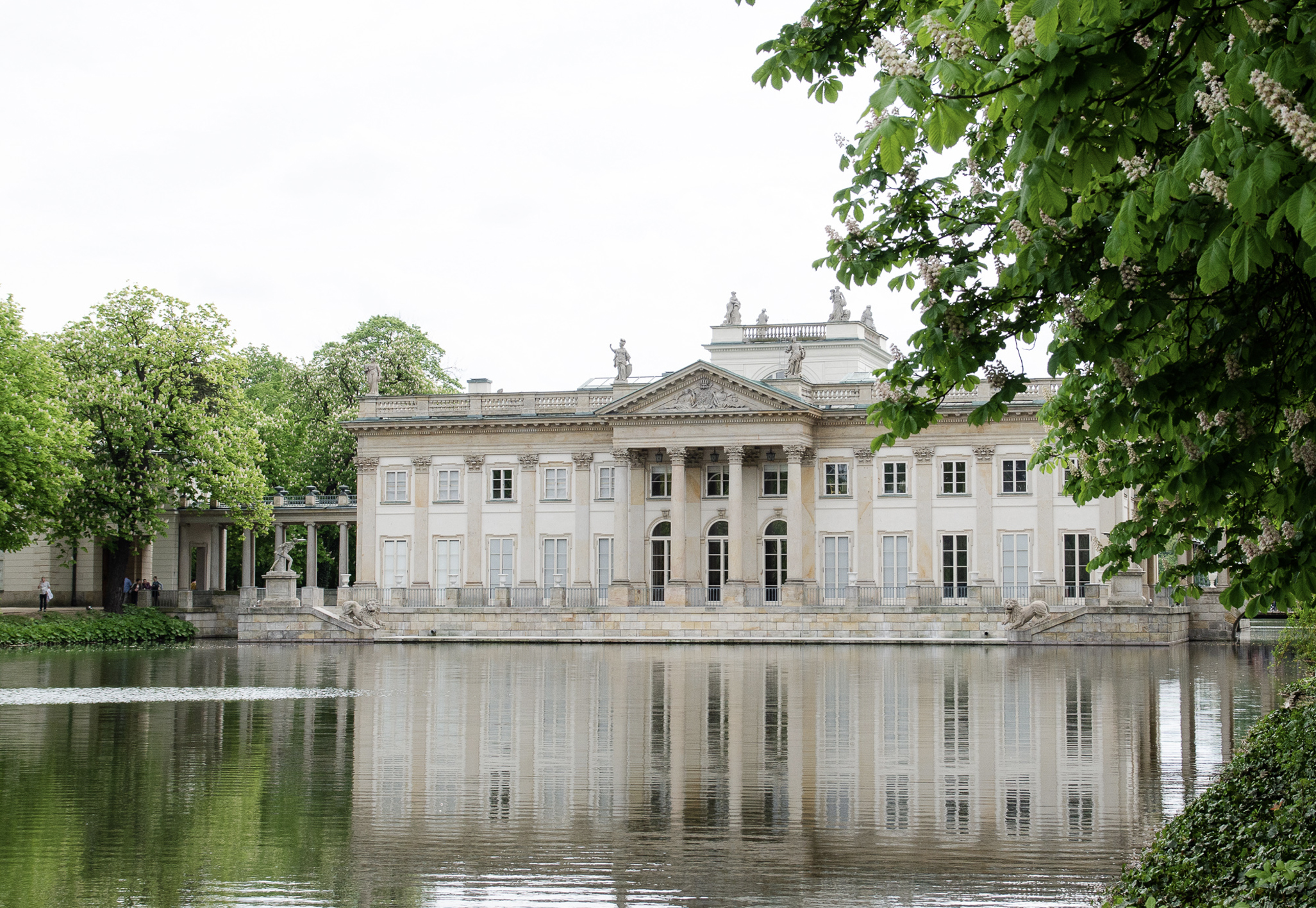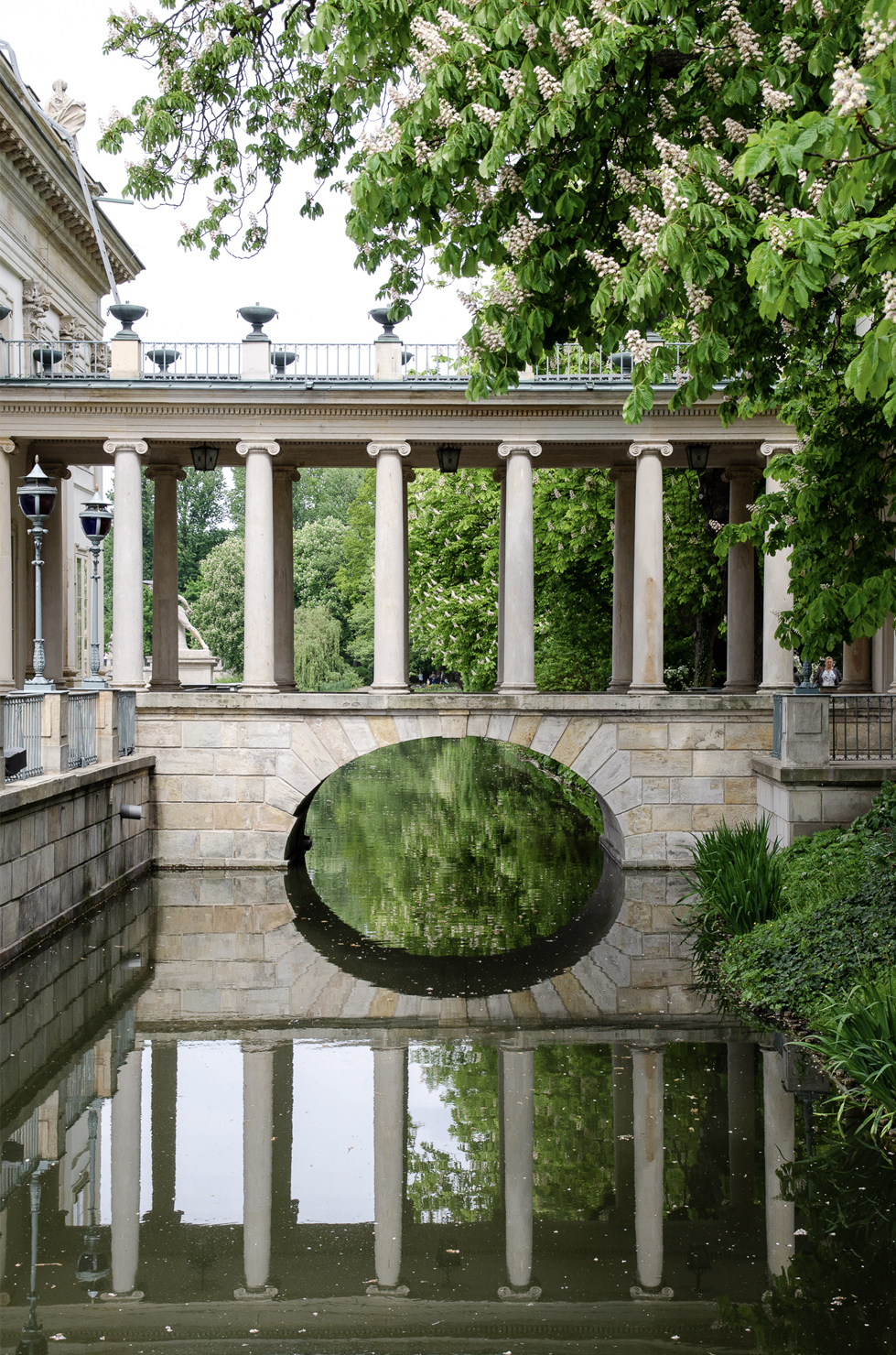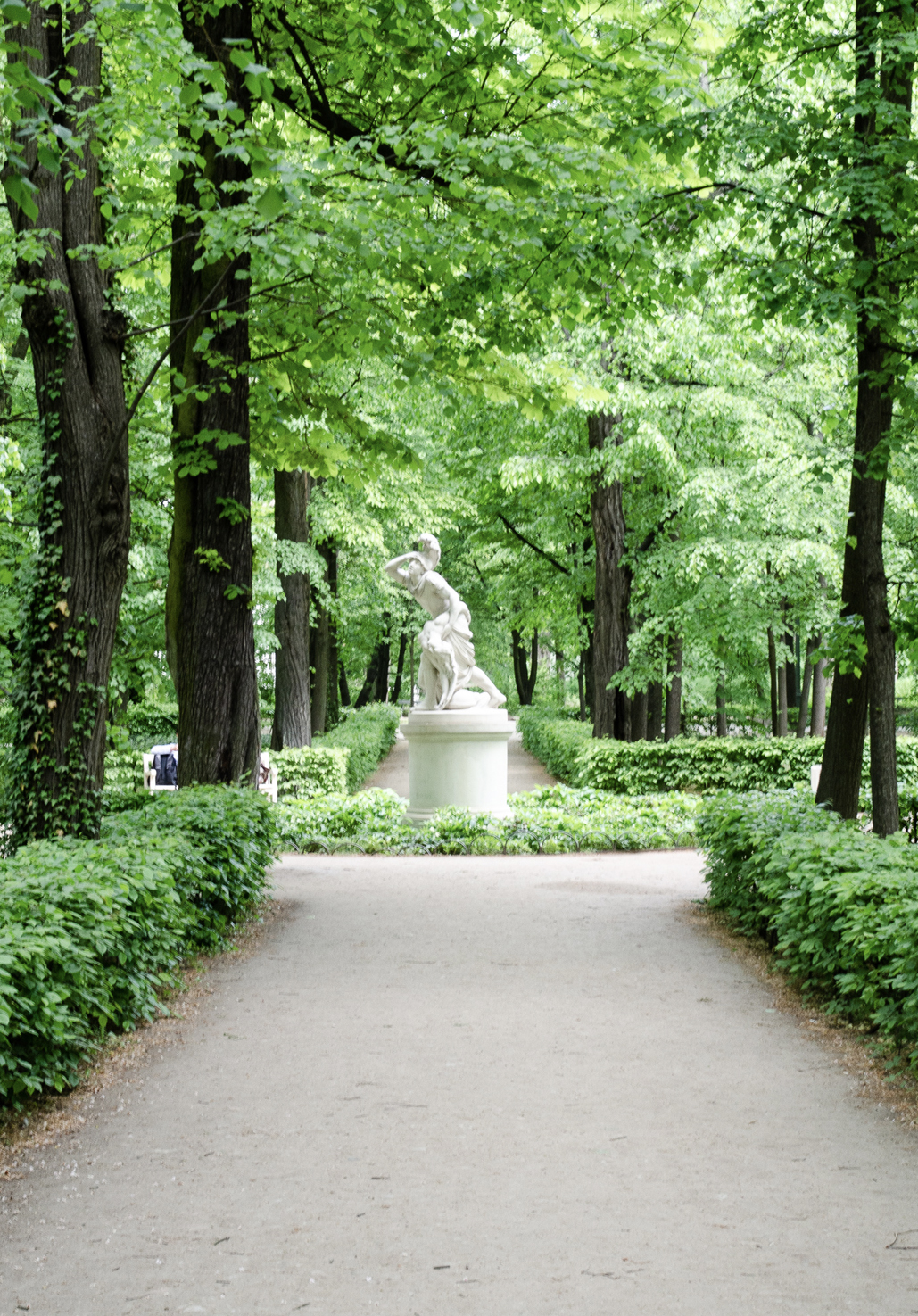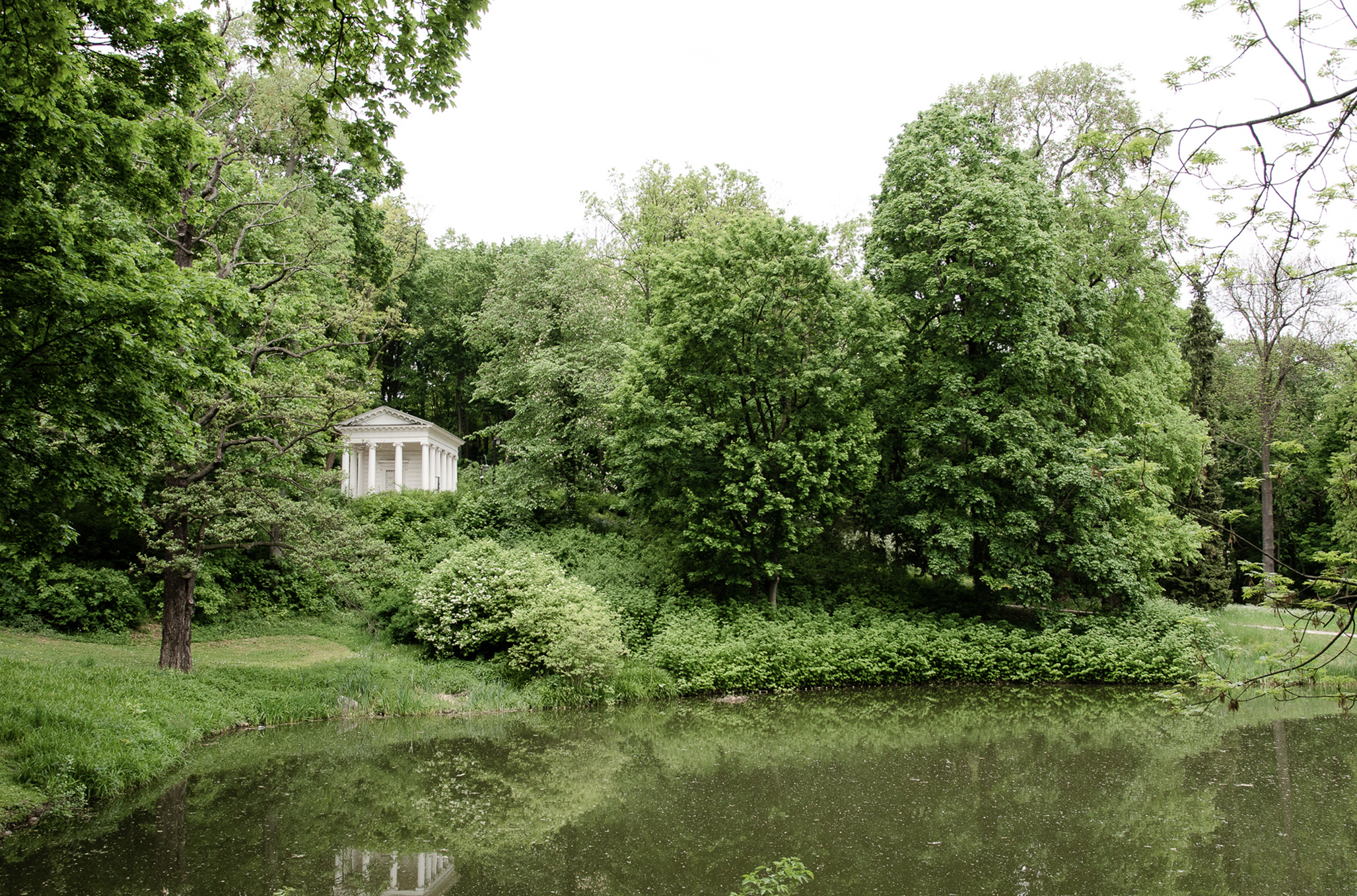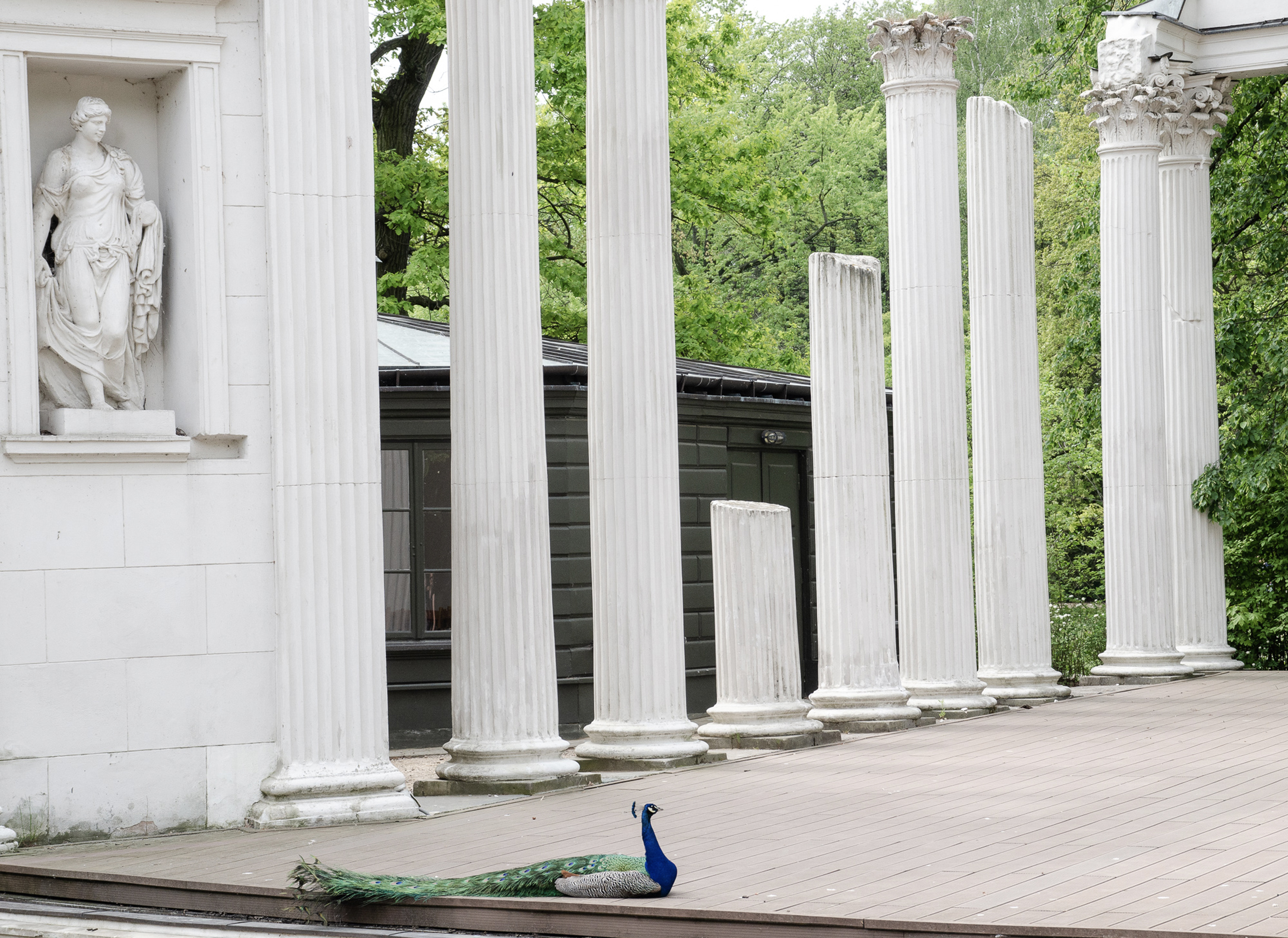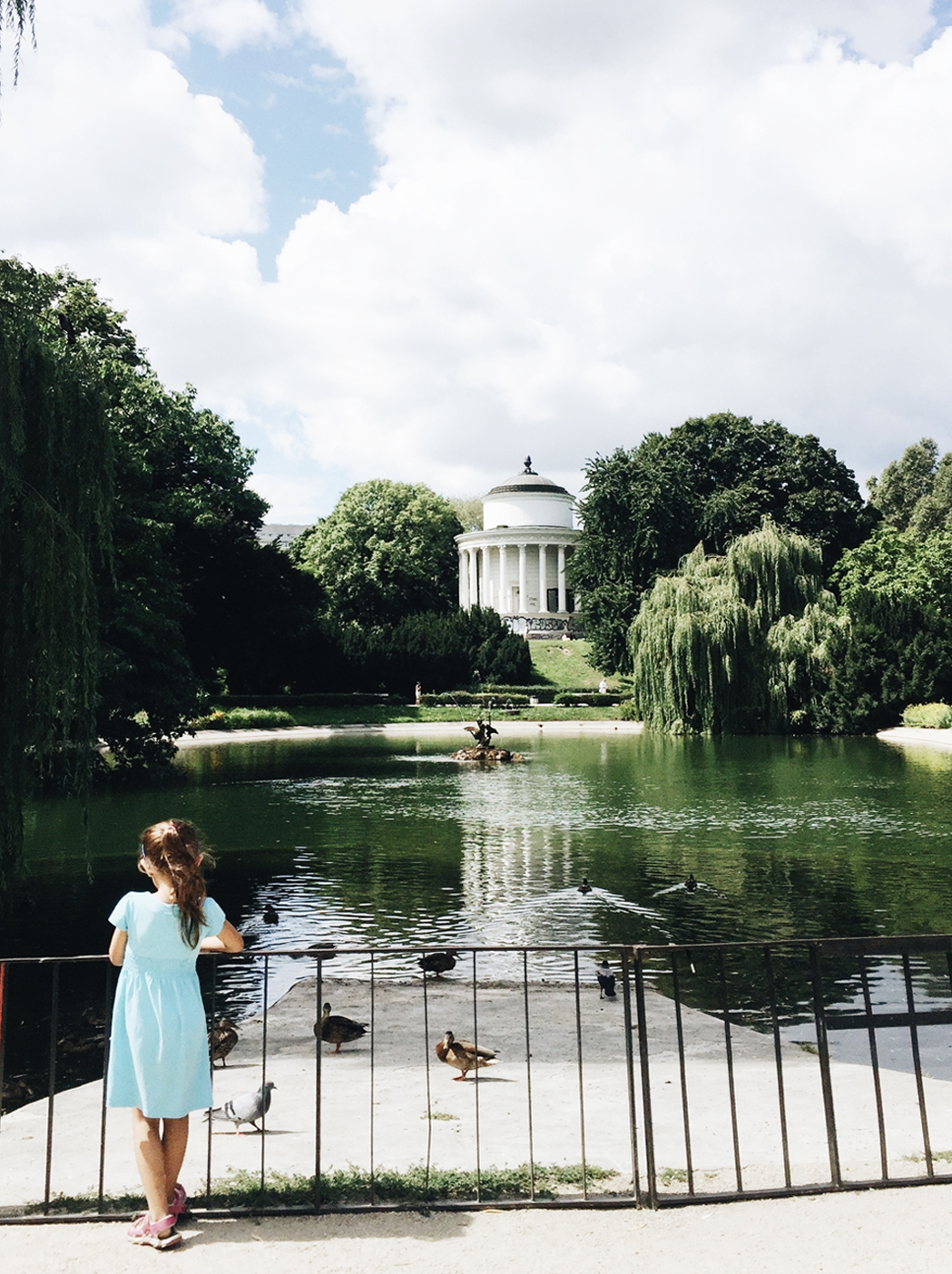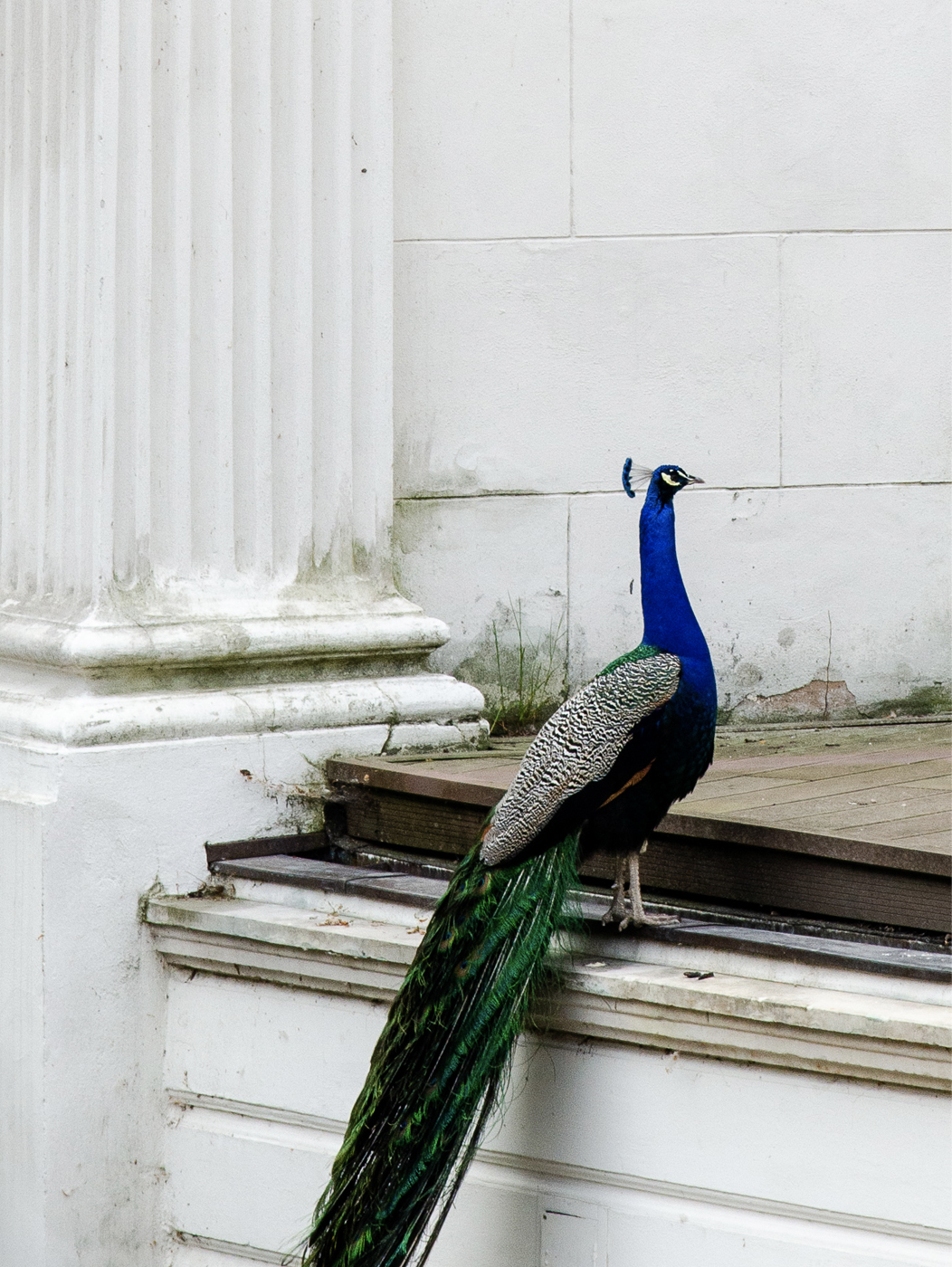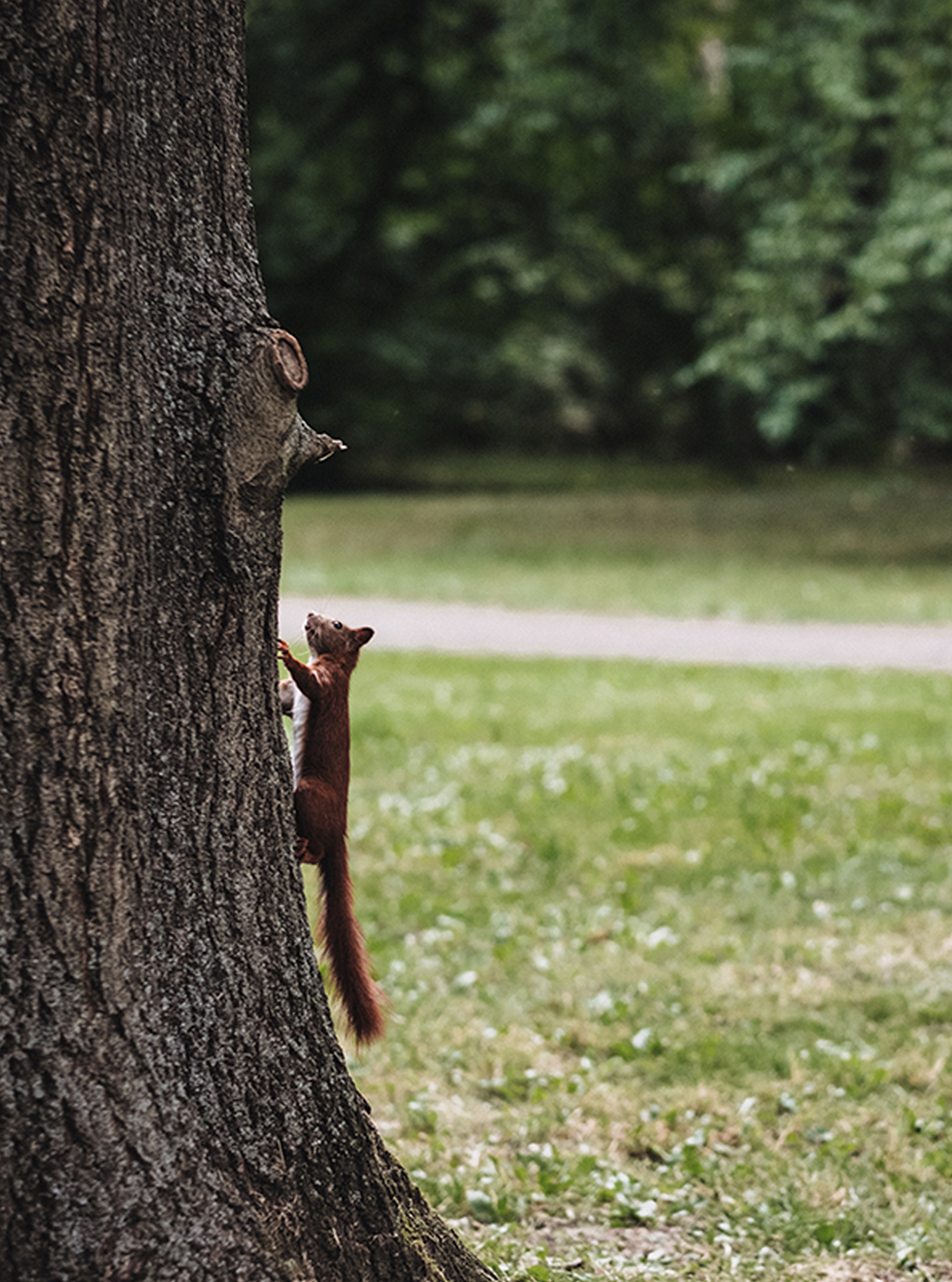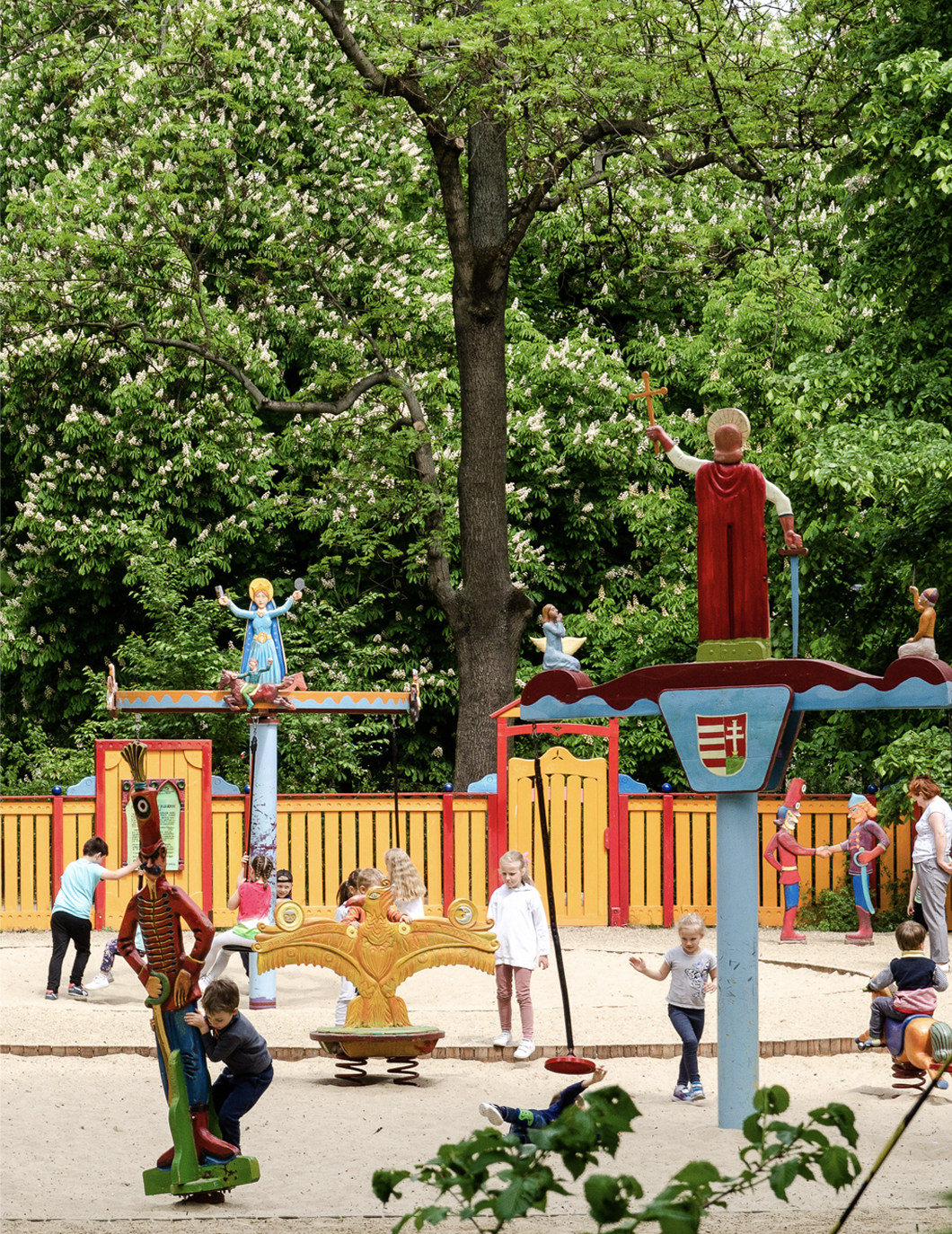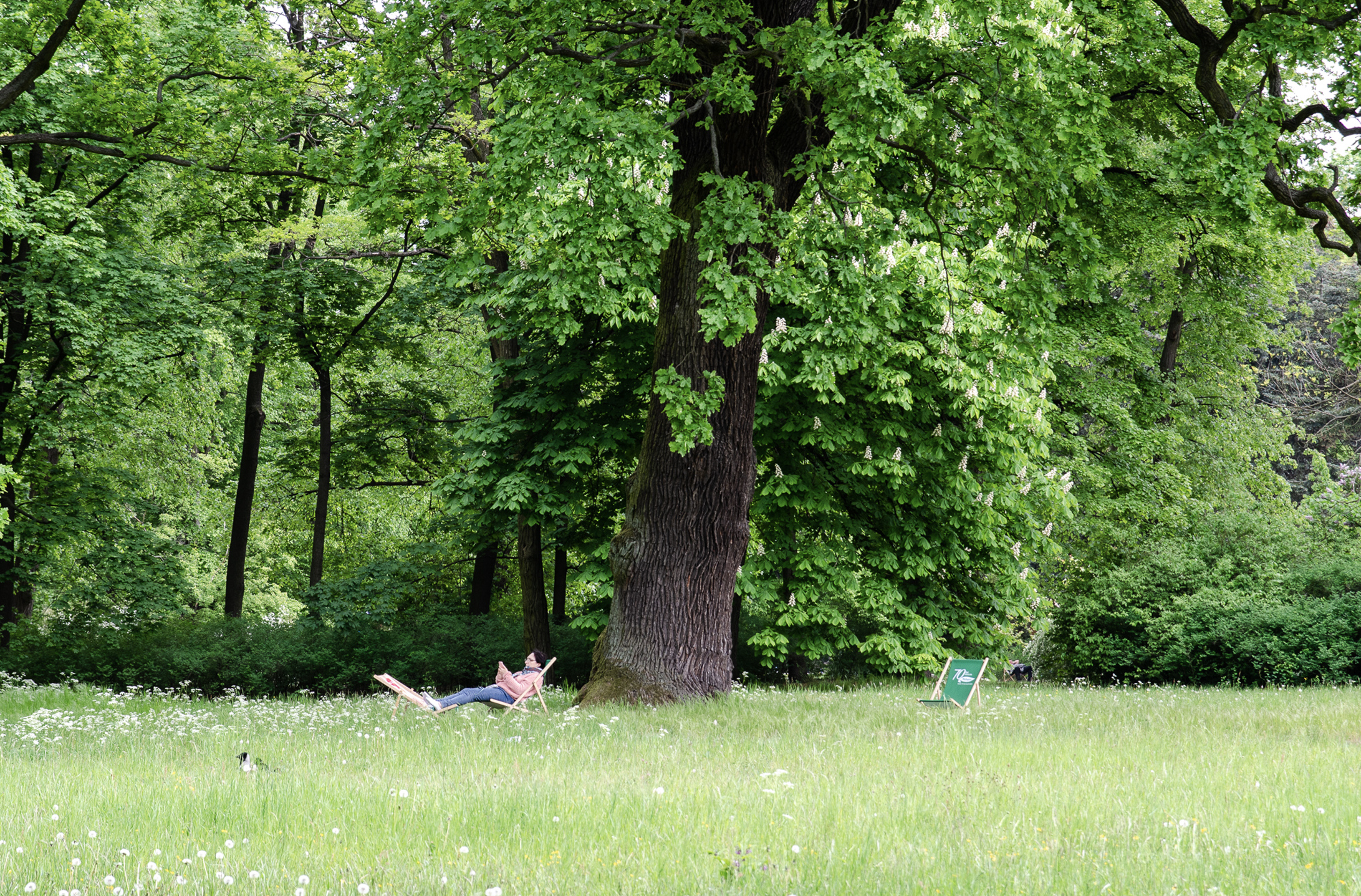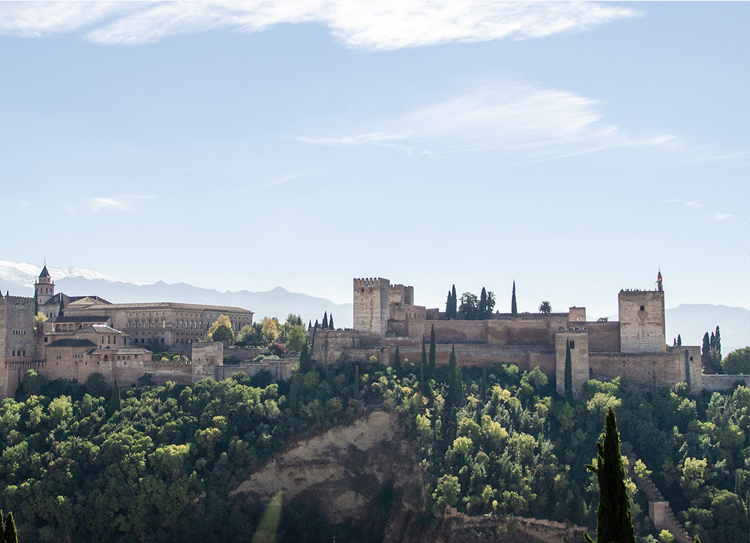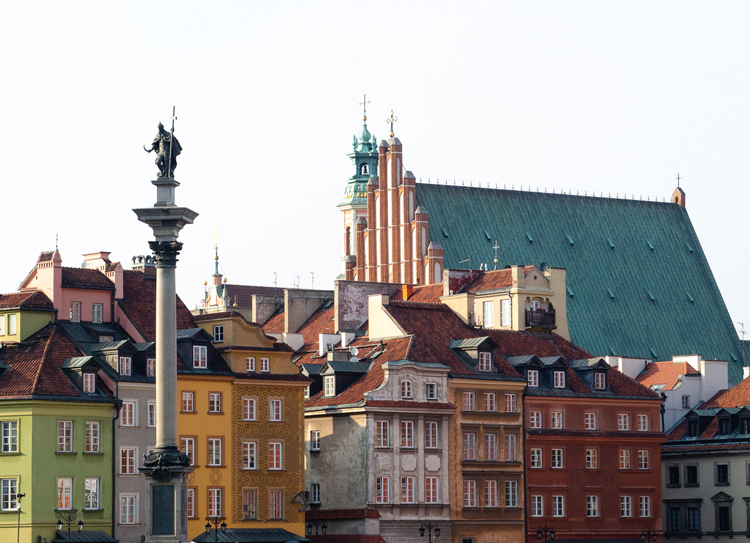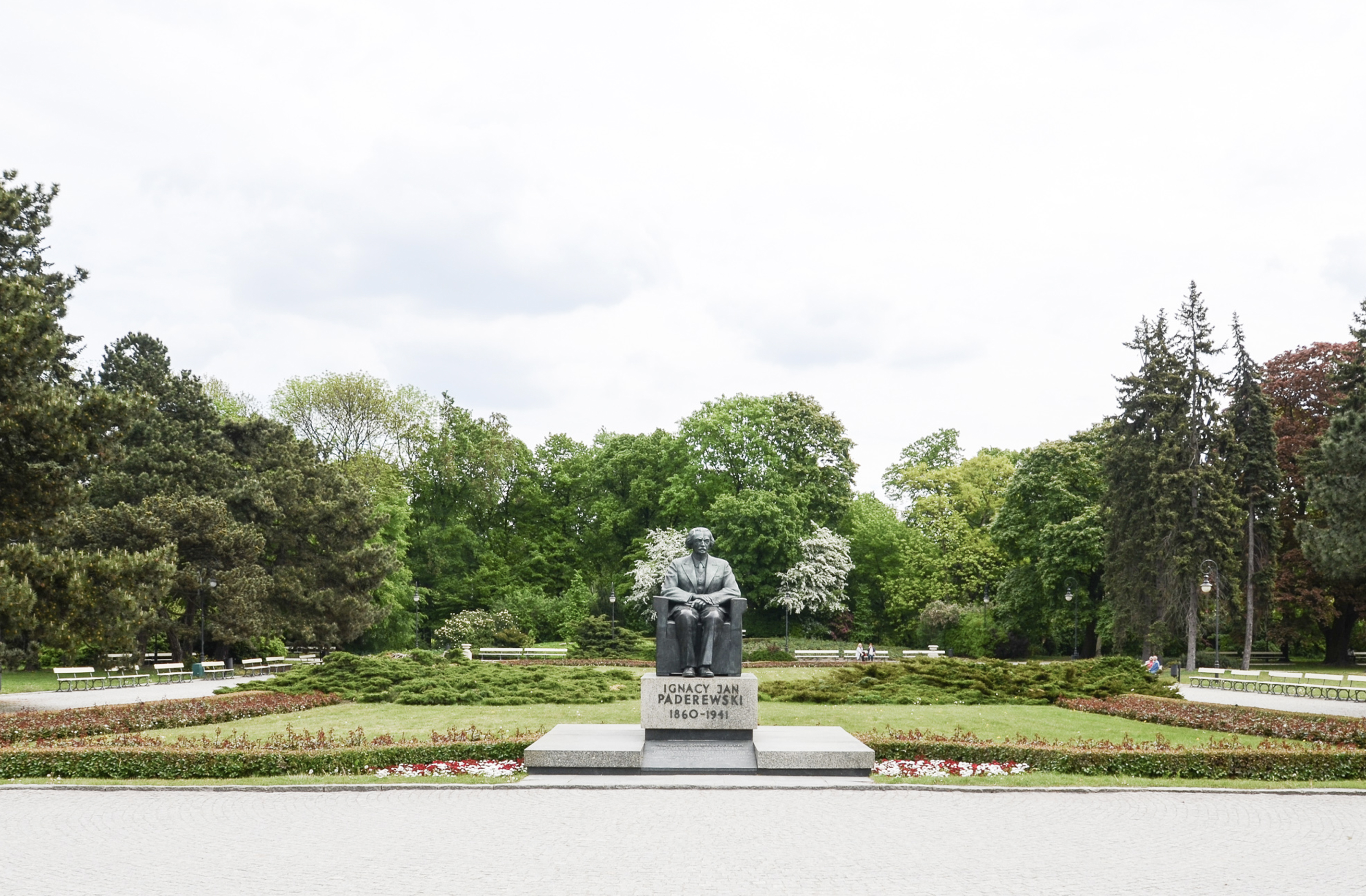A TRAVEL GUIDE TO WARSAW | POLAND
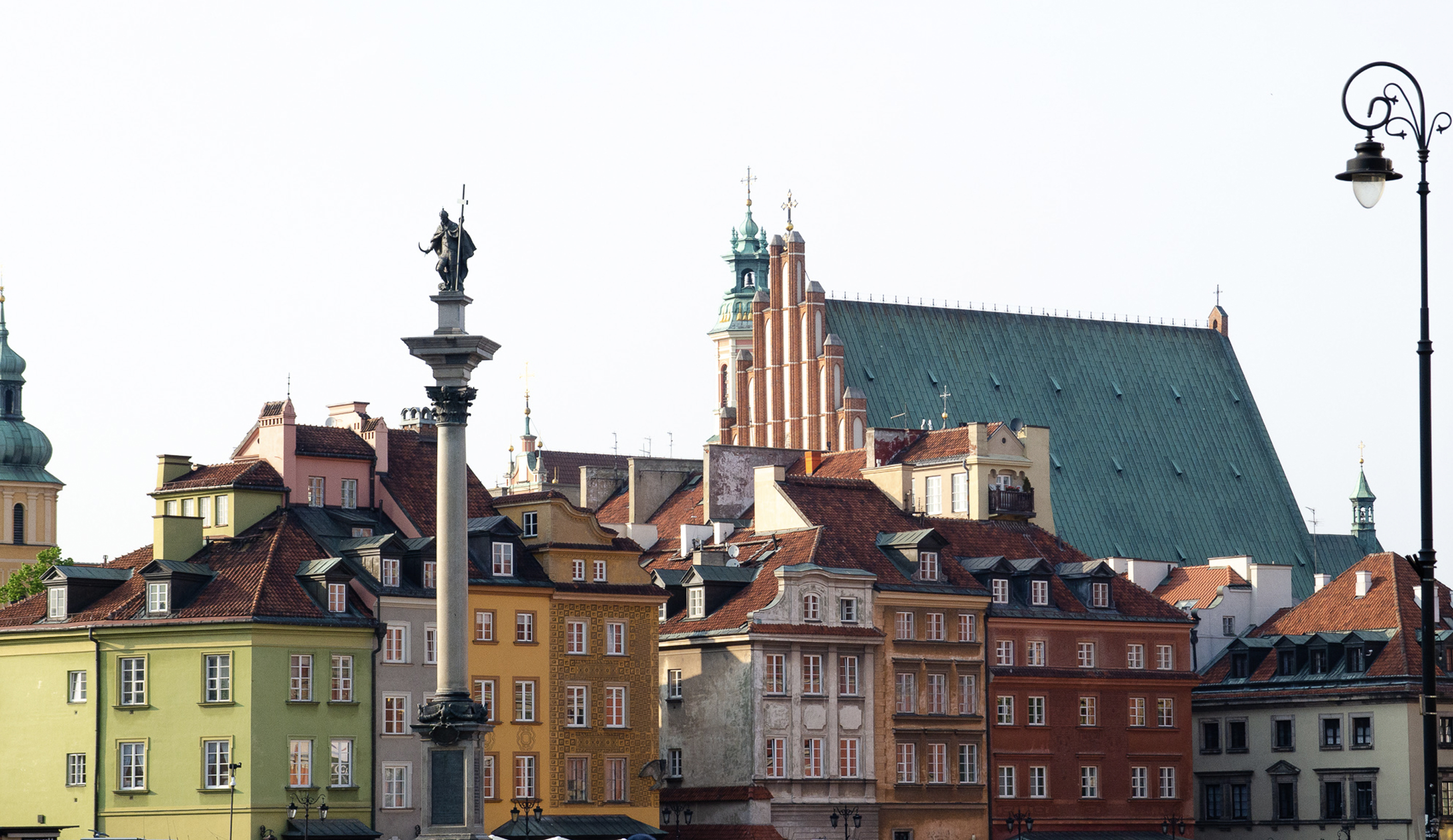
A TRAVEL GUIDE TO WARSAW | POLAND
Warsaw has something special, something different to many of European most-visited cities. It may be the fact, that the entire city was rebuilt after WWII without a constant and extended rebuilding plan, leaving space and enough tolerance for the younger generation to let them take part in the construction process of the new Polish capital.
It is difficult to put a label on Warsaw, as this city is still under construction and seeking its identity. This makes the place incredible authentic and you feel the creativity spreading around.
The nightlife is very reputed in Warsaw with some of the best clubs in the Praga district (kind of Kreuzberg before it was trendy). Warsaw is also a great place to spend a week-end. It has uniquely historical parks, offering an insight into Poland’s monarchical past. It has also great museums, delicious food and pastery to taste.
We had a great time in the Warsaw and can highly recommend a visit to Poland’s capital. Keep on reading to get a better insight of Warsaw:
A city with an incredible architectural mix
Warsaw was almost totally destructed during the WWII and only a very small area has been left intact, but replaced by a brutalist and functional communist architecture. A famous example of contemporary architecture is the Palace of Culture and Science, a skyscraper in the city centre. Buildings are representatives of nearly every European architectural style and historical period. When you wander through the polish capital, you will be surprised how the buildings from different eras blend together.
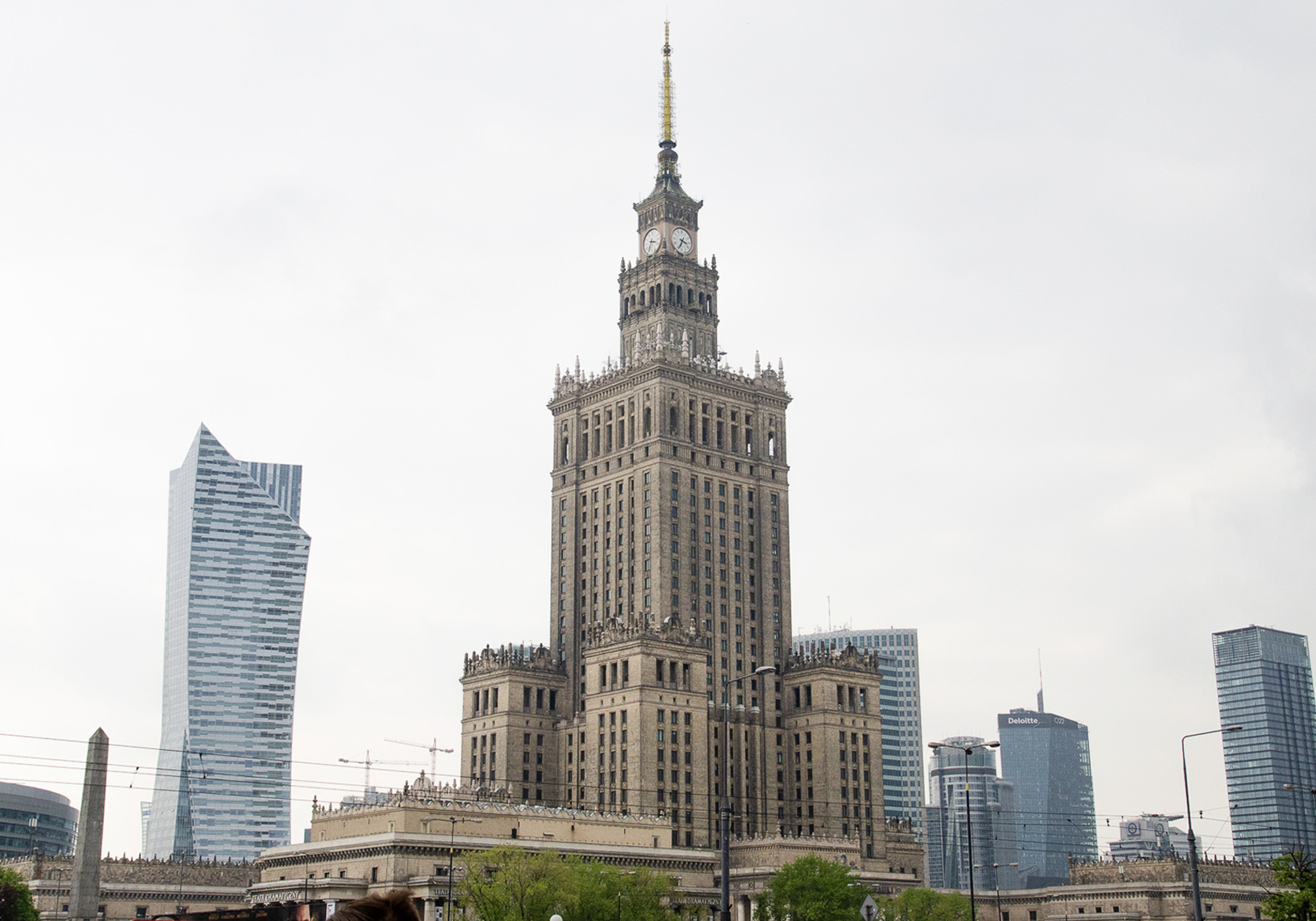
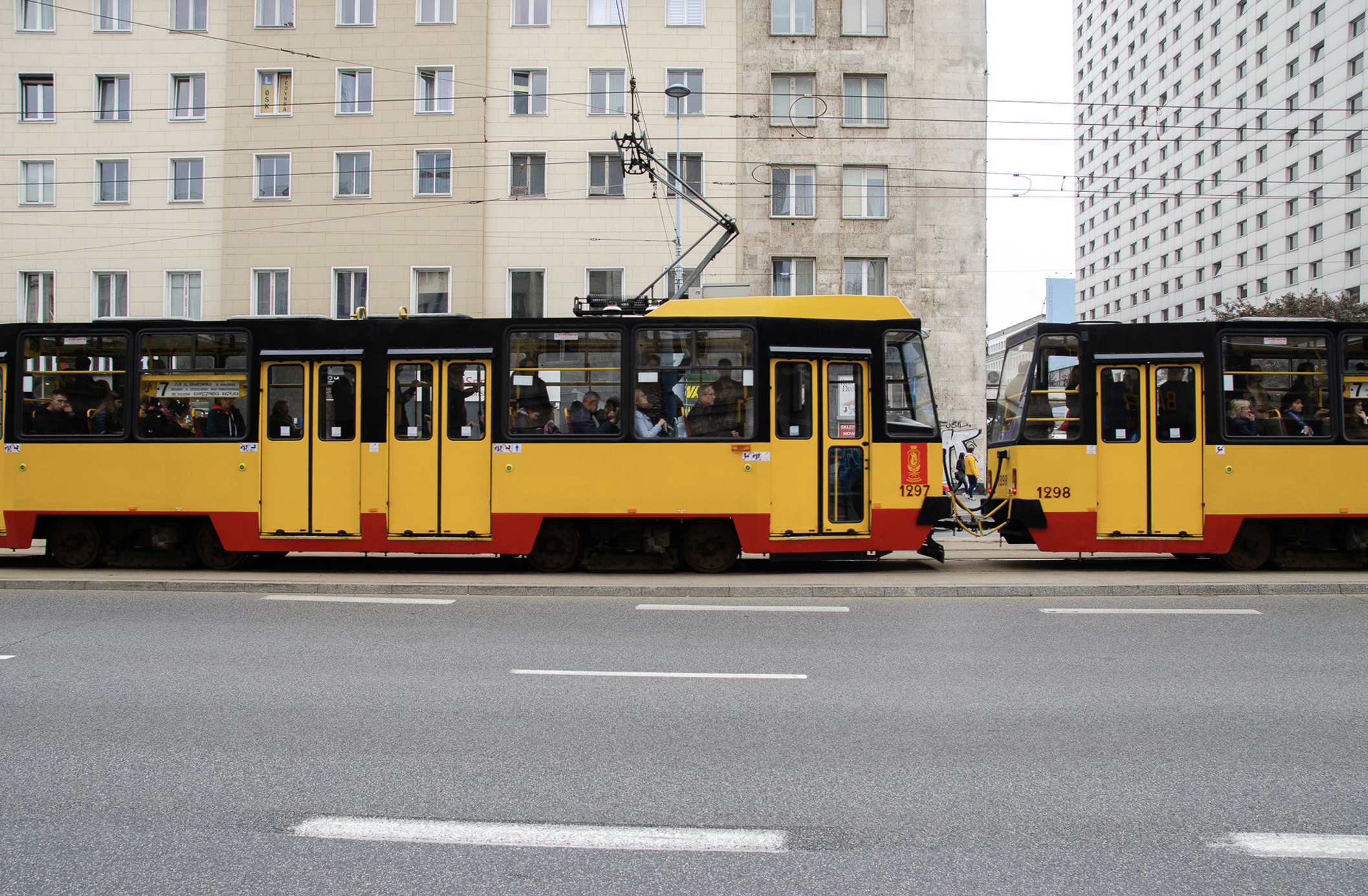
The city has quite literally risen from the ashes. This is probably the reason that Warsaw is not built around a historic market square like most of the European cities. But it is rather spread across a huge space encompassing the colorful old town, concrete monstrosities of the post-war communist era, and impressive glass skyscrapers of the modern downtown area.
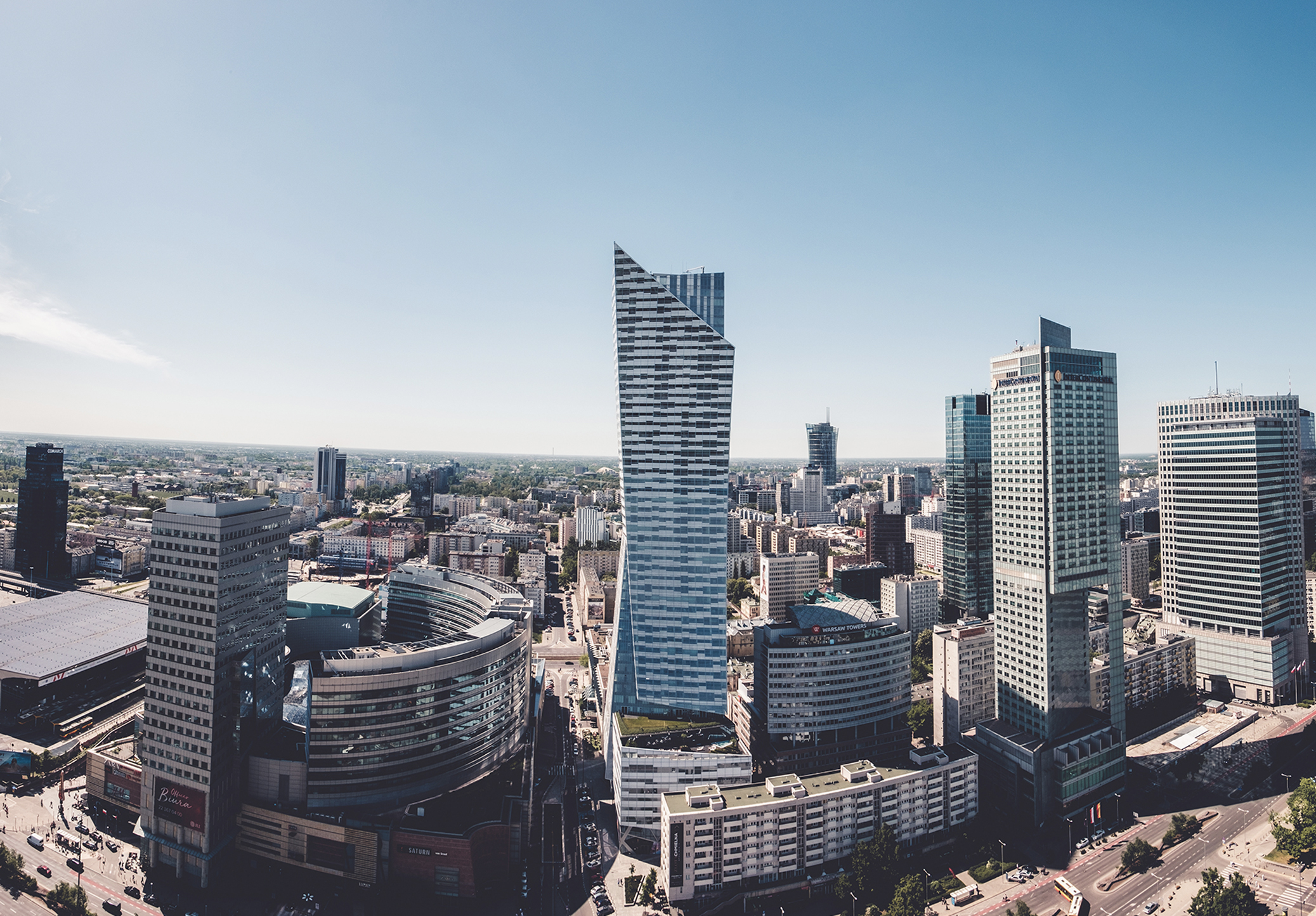
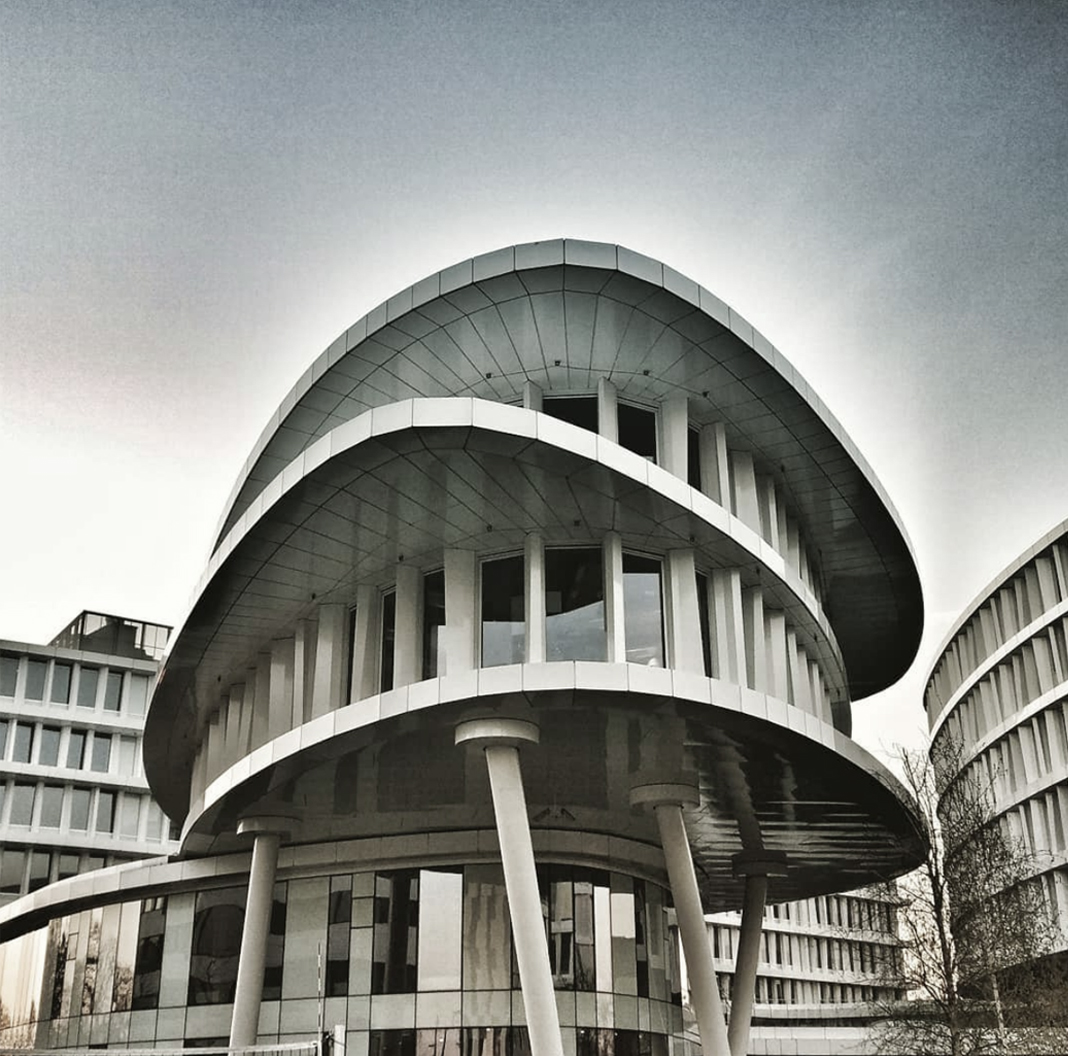
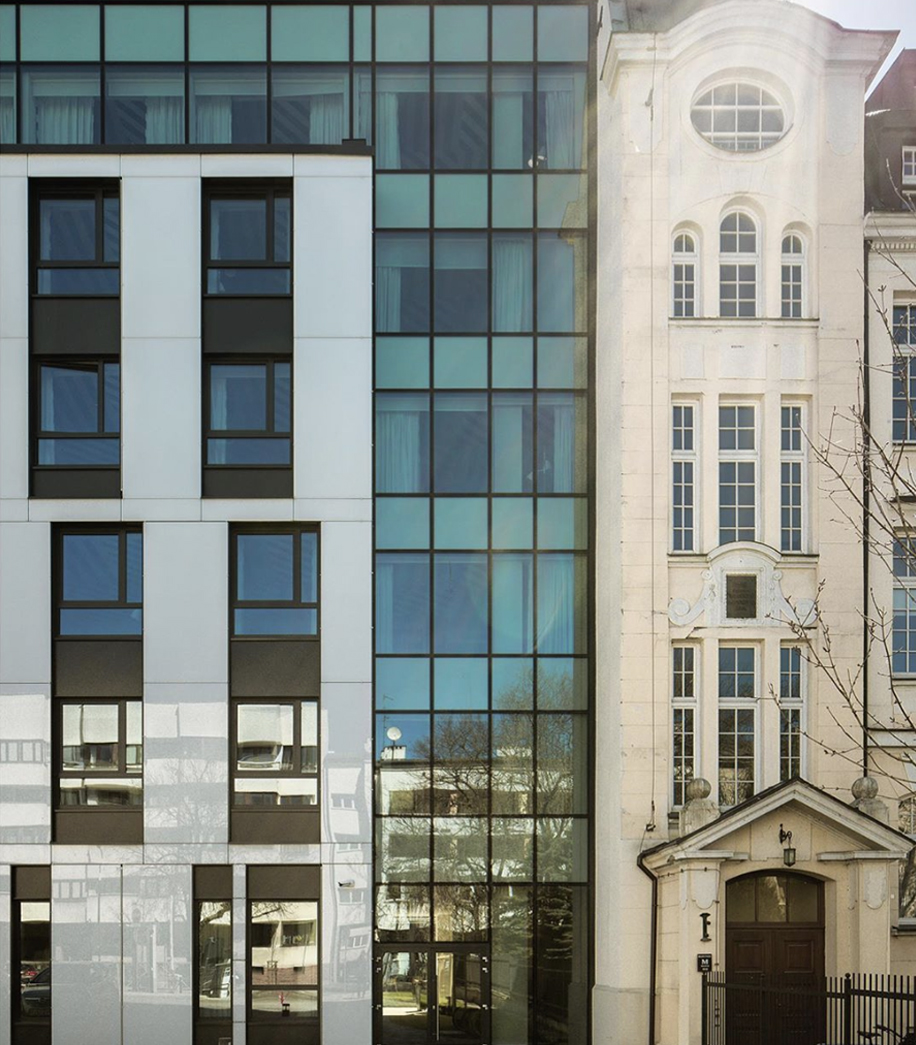
Wander through the old town
It is hart to believe that some of the colorful houses in the old Town are only 60 year old. This part of the city was rebuilt mostly based on 18th century paintings by the Italian painter Canaletto. The Old Town is the finest and most picturesque part of the city. The cobblestone Market Square is pretty and colorful with lots of charming restaurants and cafes.
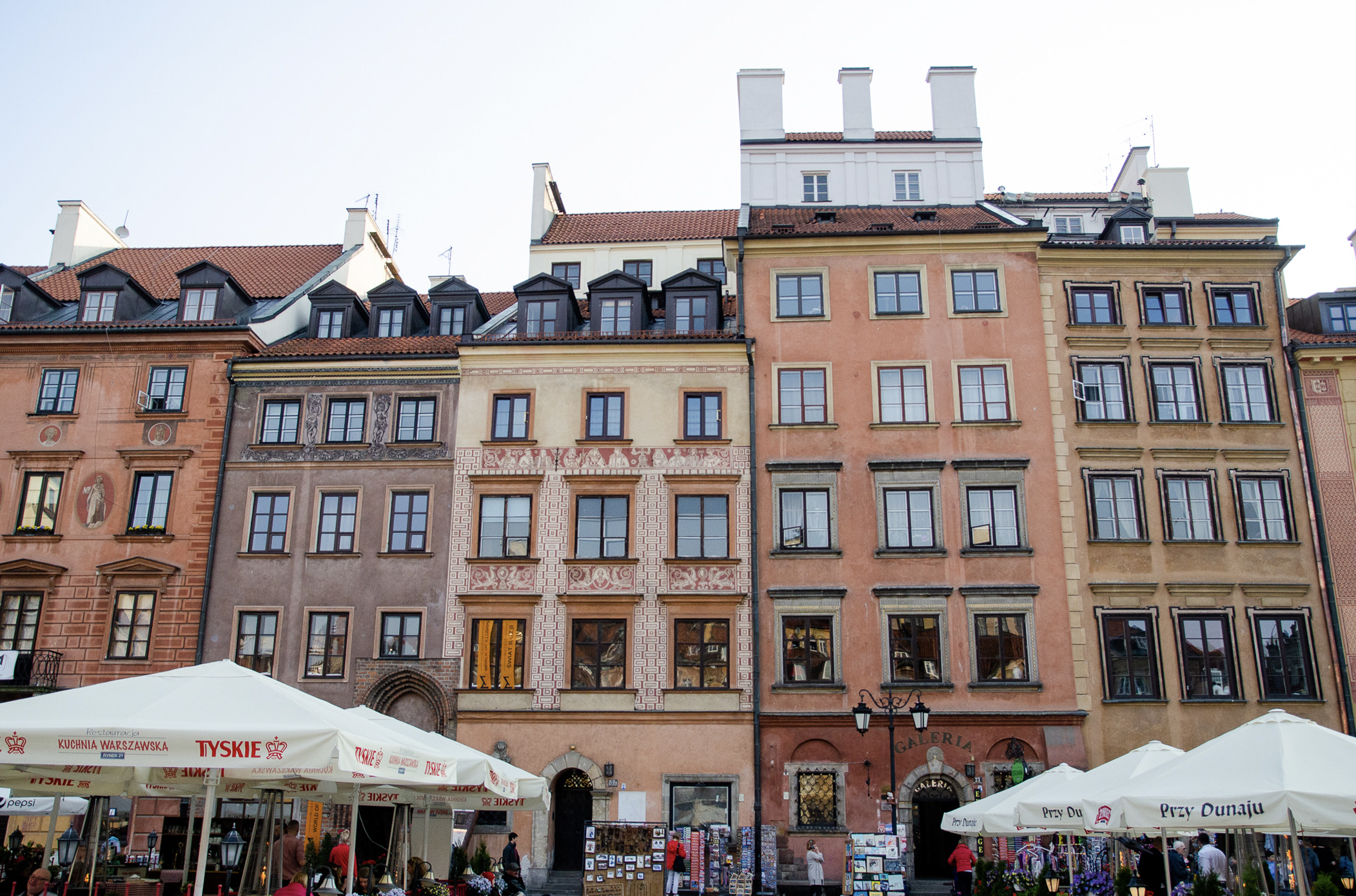
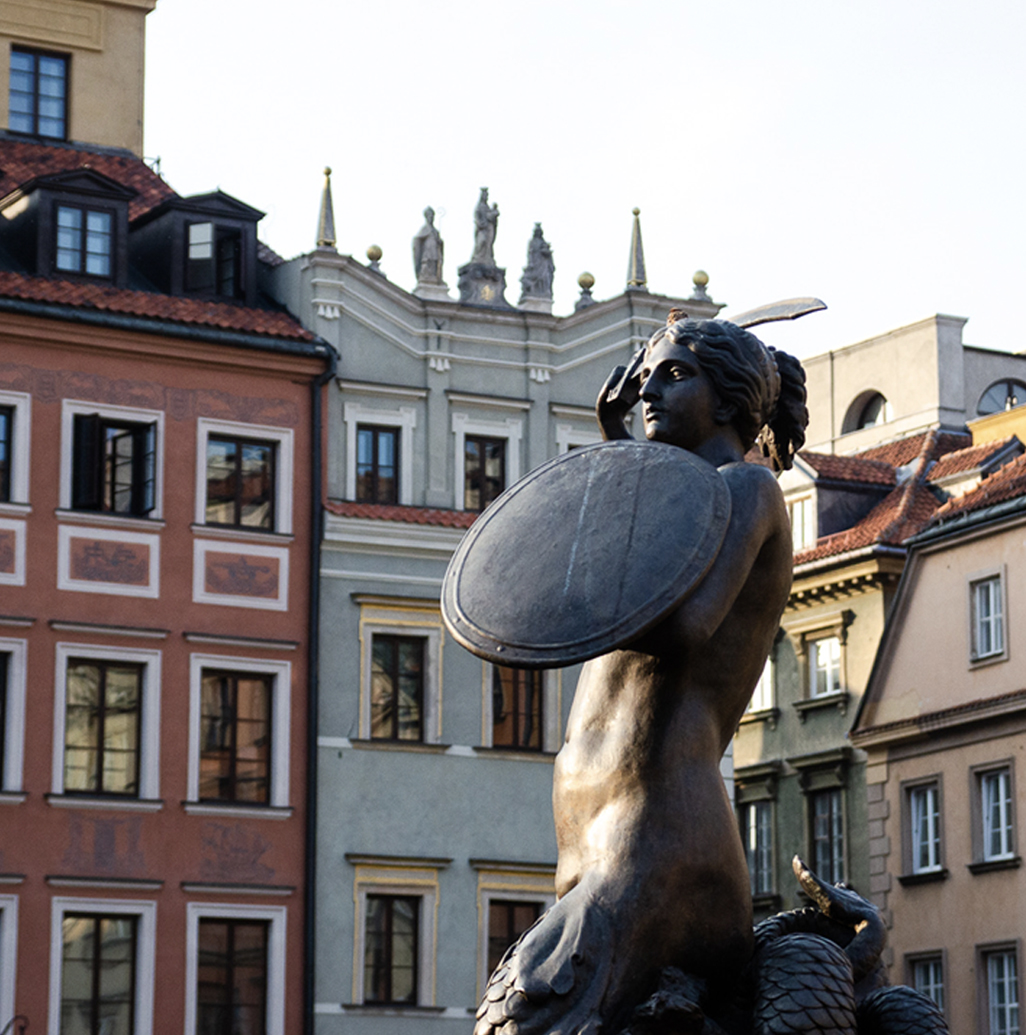
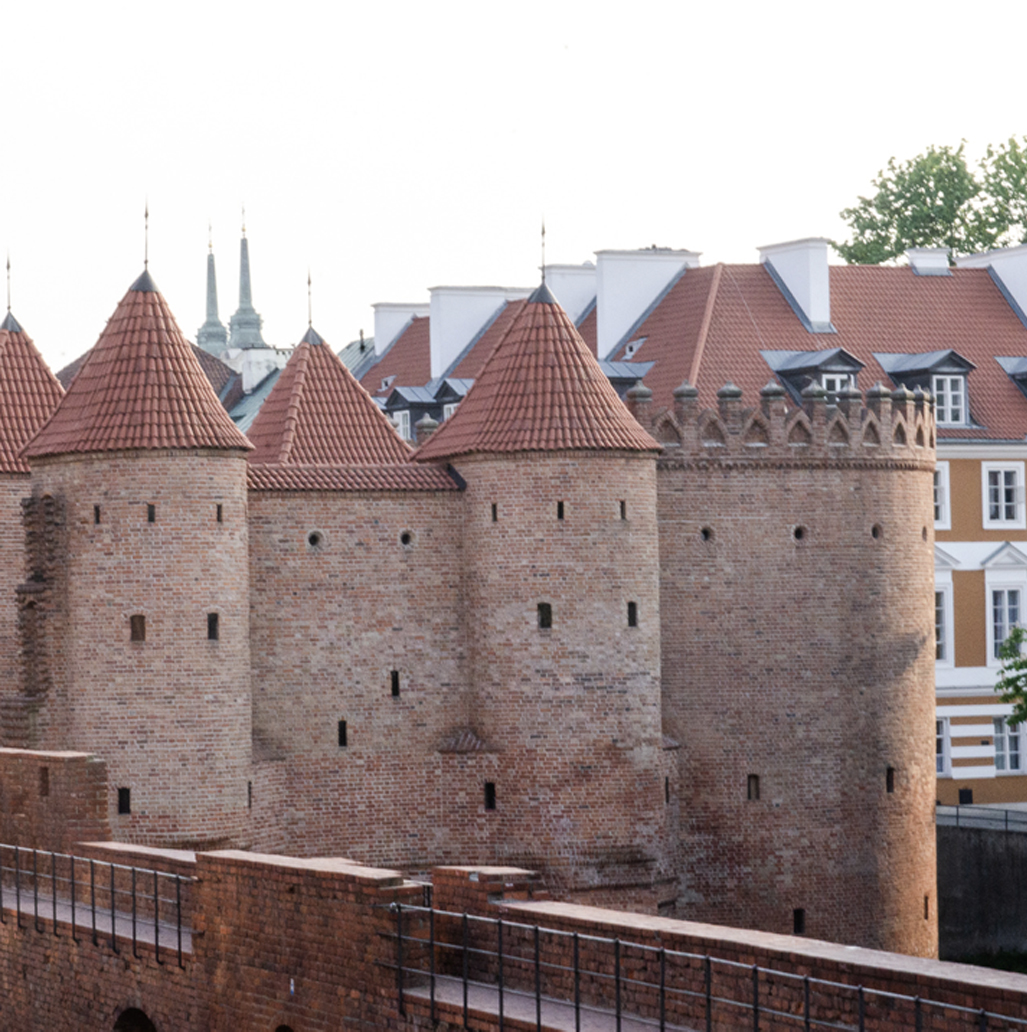
At the centre of the square stands the monument of the Warsaw Mermaid, the city symbol, depicted brandishing sword and shield, ready to defend her beloved city in times of trouble.
If you want to dig deeper in Warsaw’s history, the Old Town is the place to start. Here are the following museums and historical buildings situated: Historical Museum Of Warsaw, Royal Castle, The Adam Mickiewicz Museum Of Literature, The Grand Theatre.
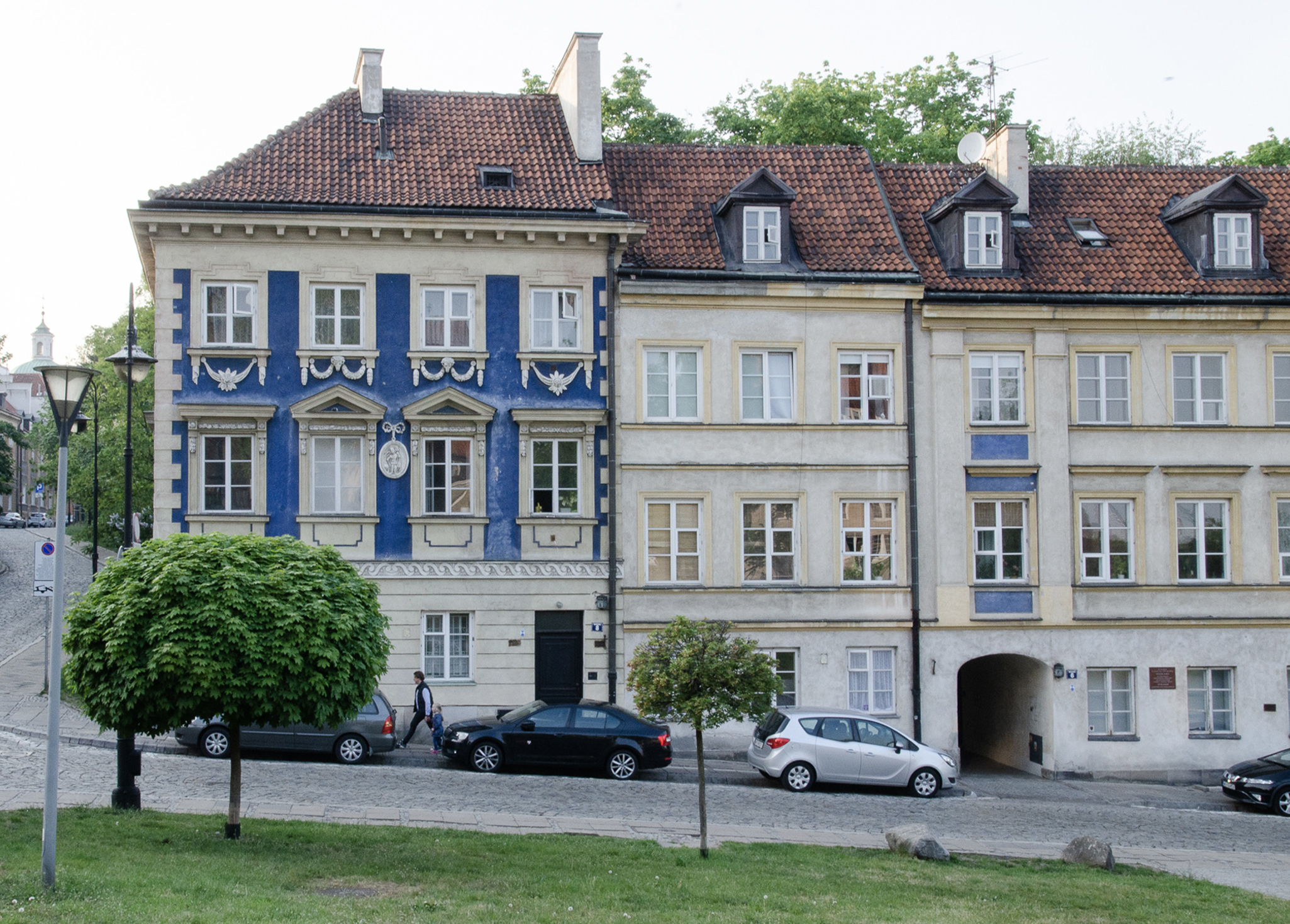
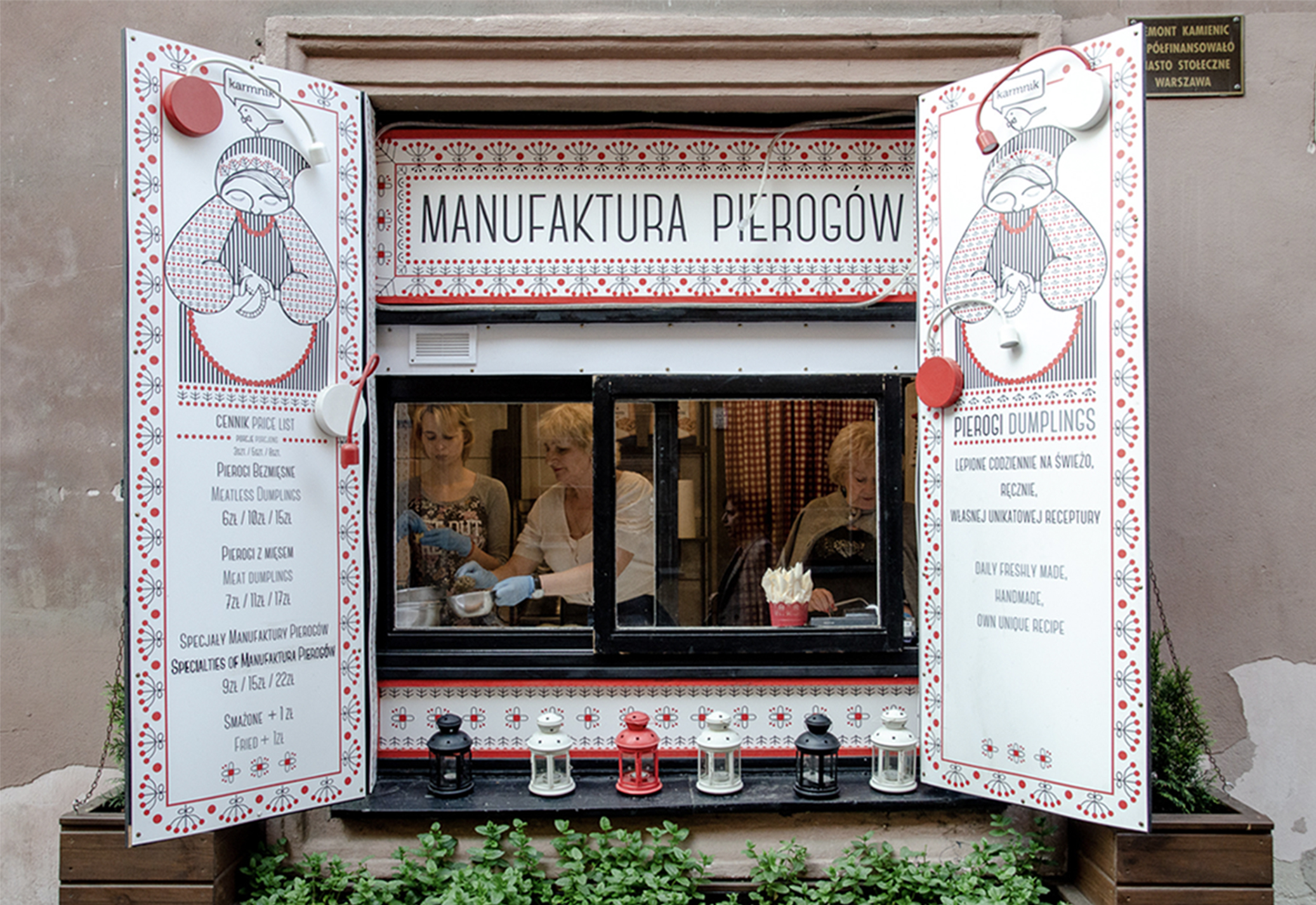
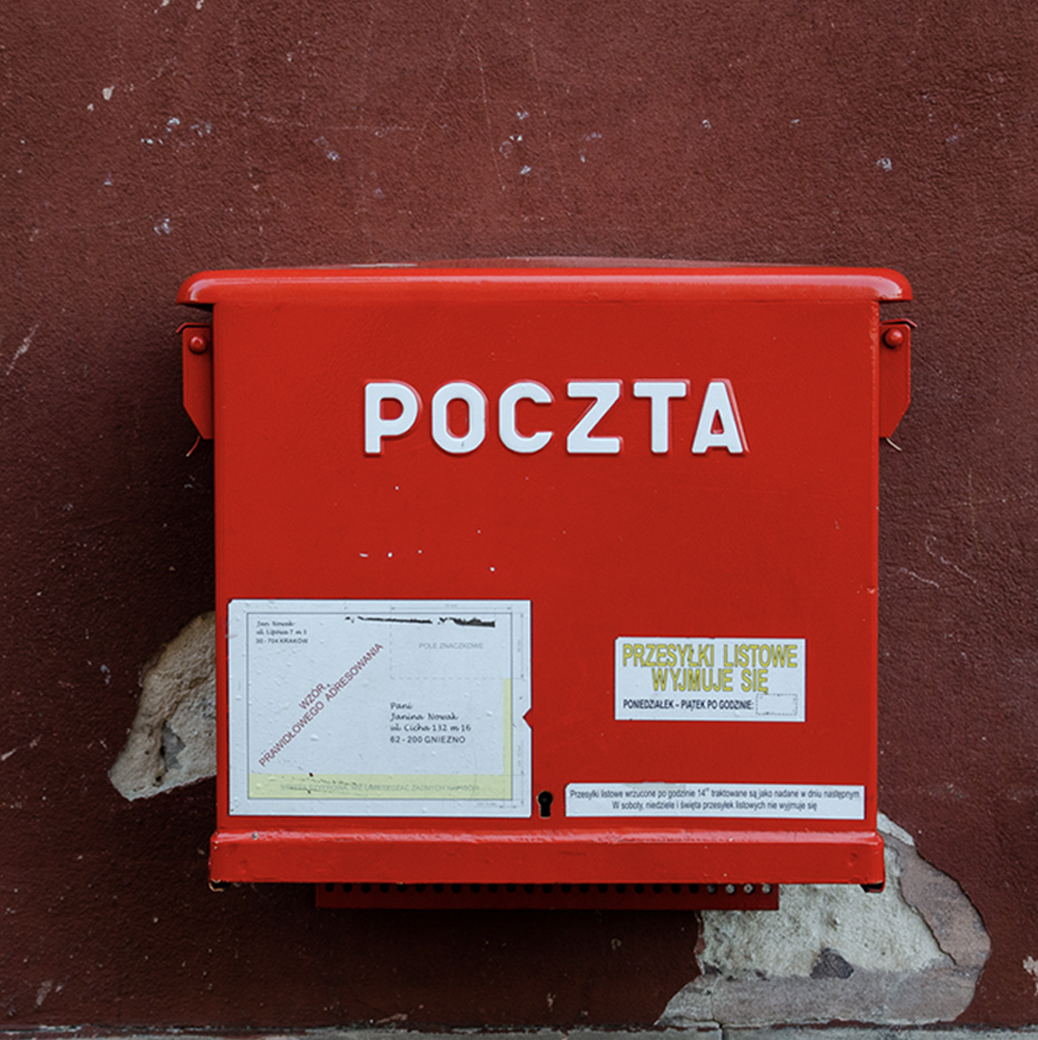
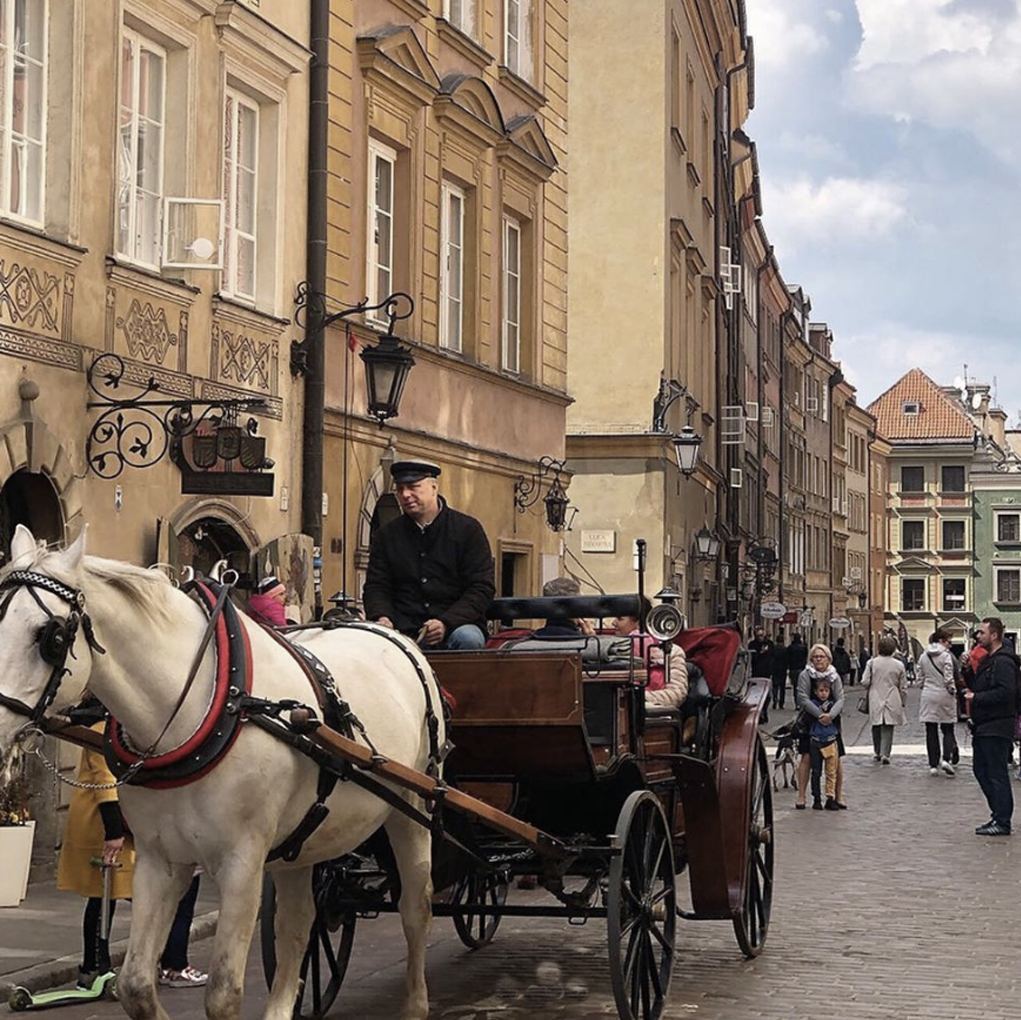
Walk the royal route
The Royal route is a famous 11 kilometer long walking route which starts from the Royal Castle on the Palace Square in the Old Town and runs through the Ujazdowski Castle and the Lazienki Park to end at the Palace in Wilanowa. The route includes most of Warsaw’s top sights, and leads you along parks, nice restaurants and shops.
We recommend walk just a part of the route. Start in the Old Town and then stroll along the Nowy Swiat Street and then walk in direction of the Lazienki Park where you can stop for a picnic in the beautiful and largest park of the city. You can also rent bikes and make a few stop along the way.
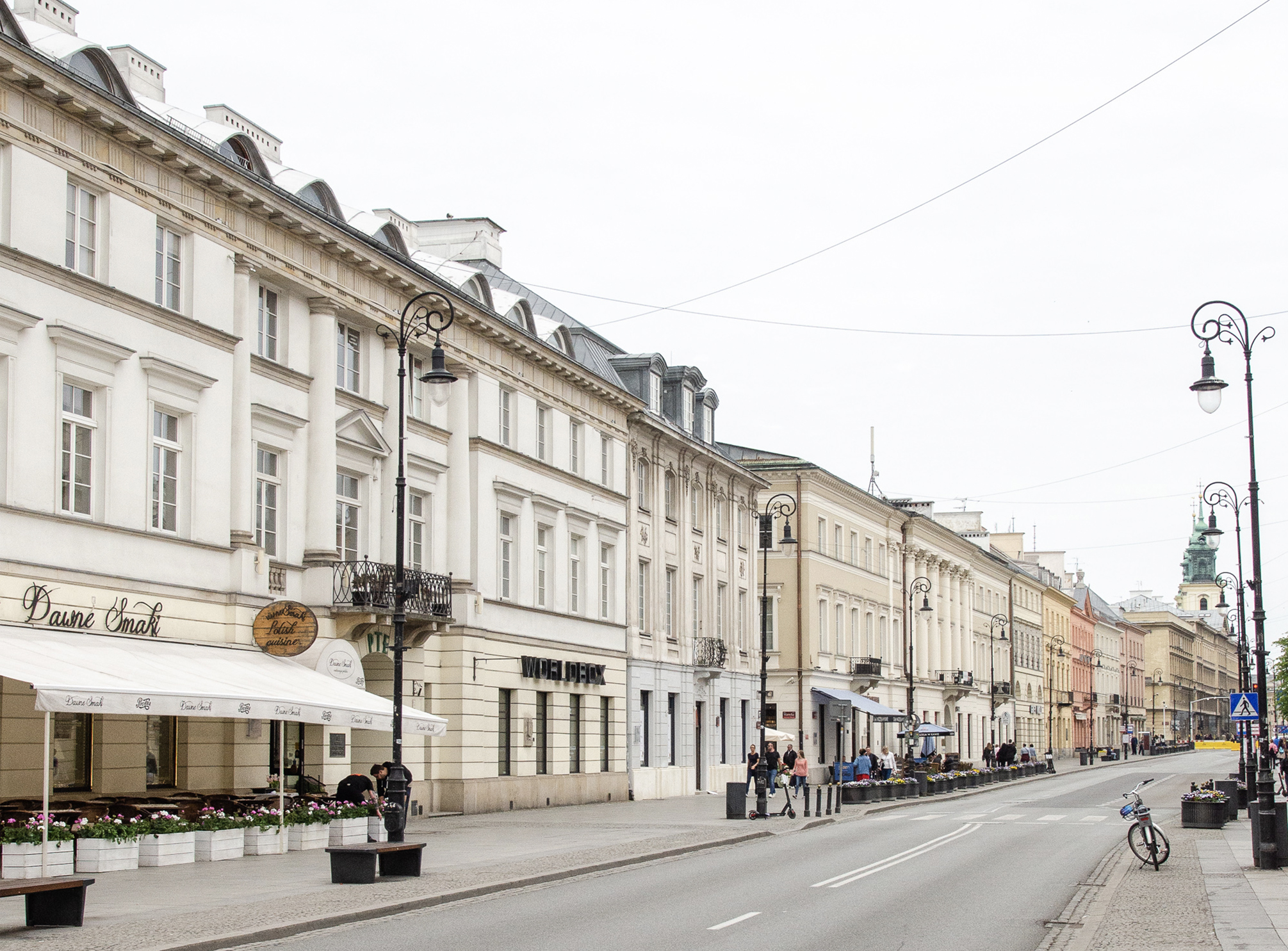
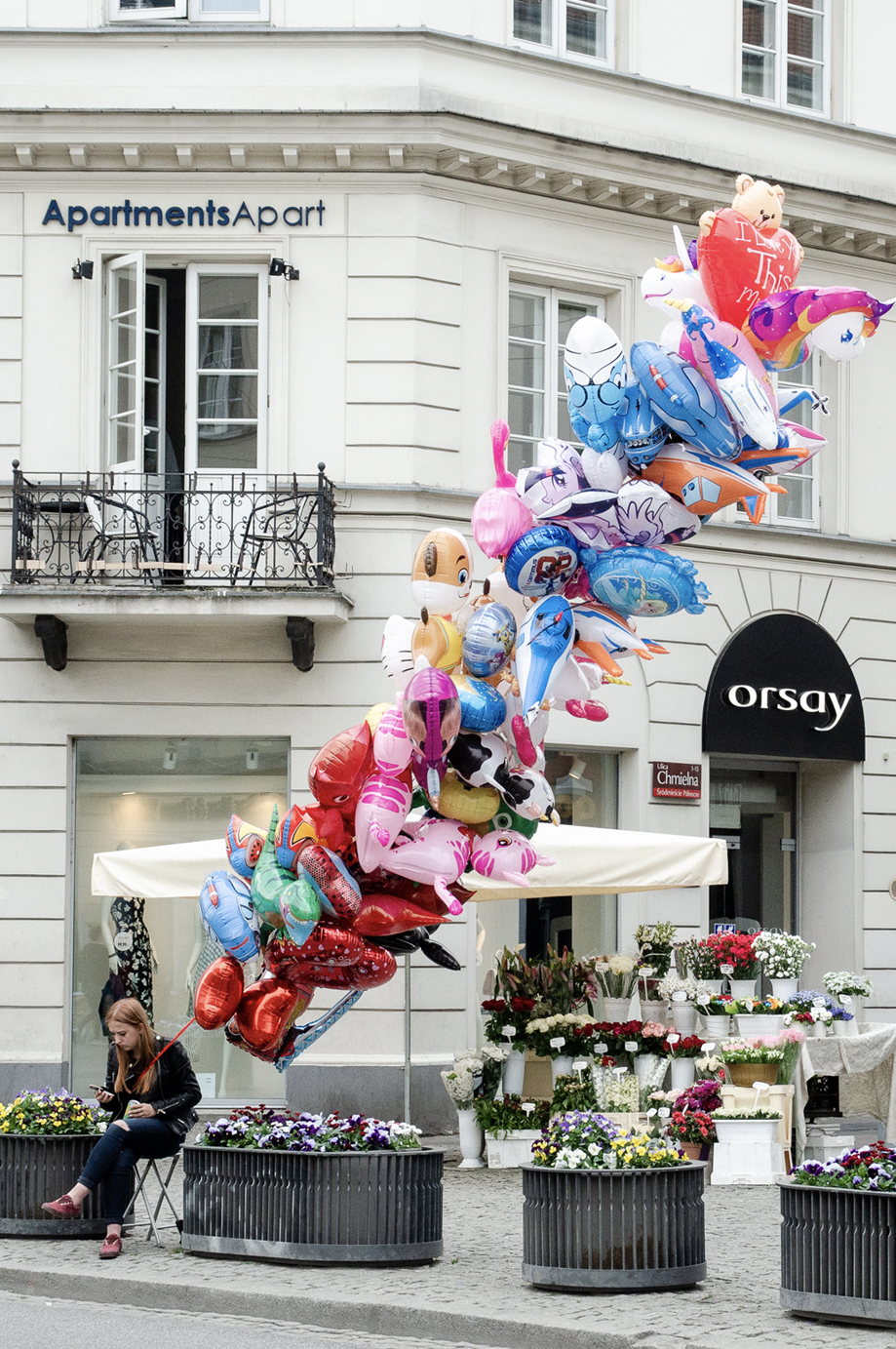
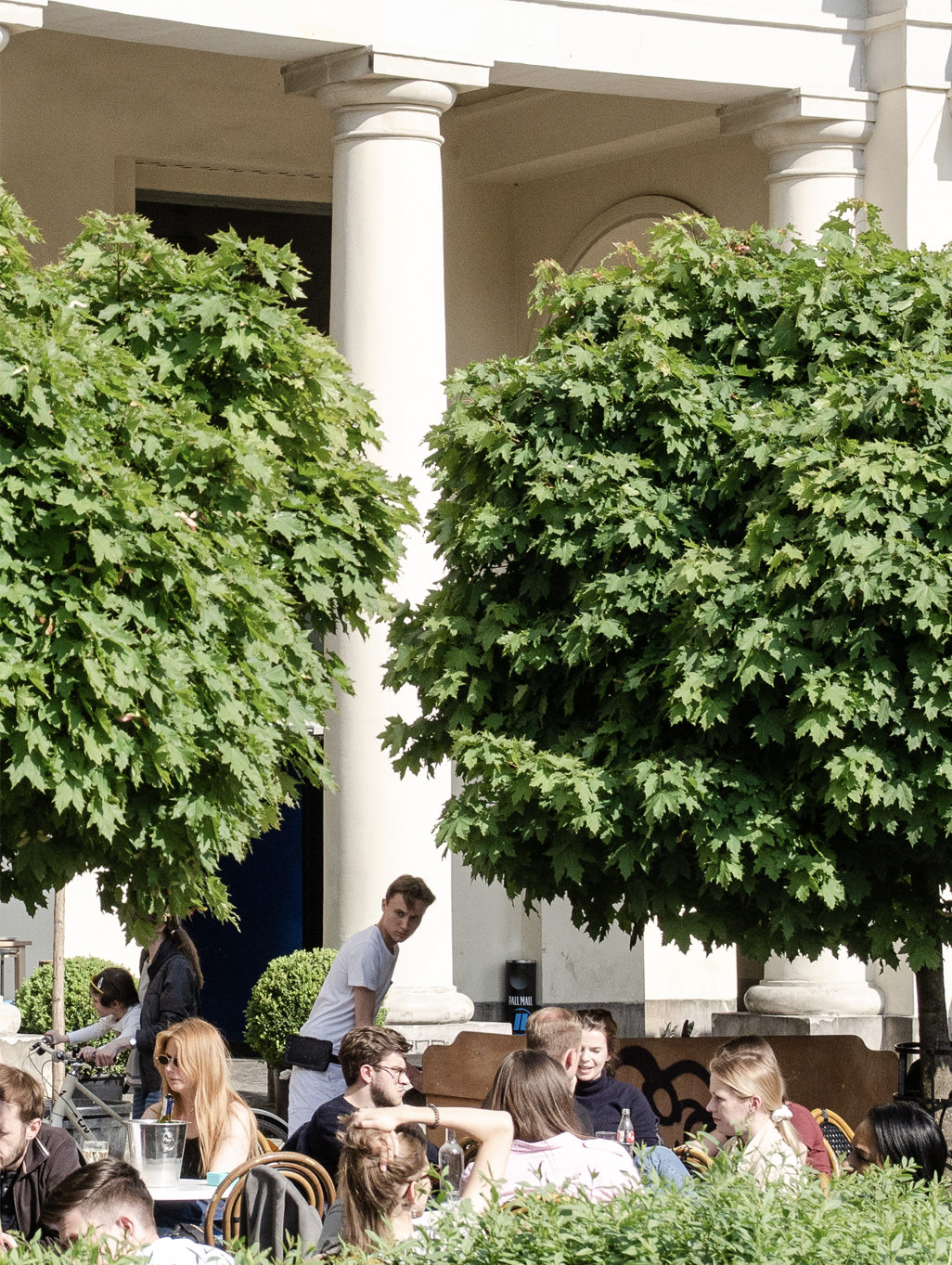
Relax in Łazienki Park
Lazienki Park is one of the most beautiful parks I have seen. The possibilities are wide in Warsaw’s largest city park. You can visit the rococo-neoclassical palace Myślewicki Palace or go spot the peakcocks near the Amphitheatre. You can listen to a free Chopin Concerts in the shadow of the statue, or just relax and have a nice family picnic near the Narutowicz House.
We were really under the charm of this beautiful park and decided to dedicate a full article which you can read here.

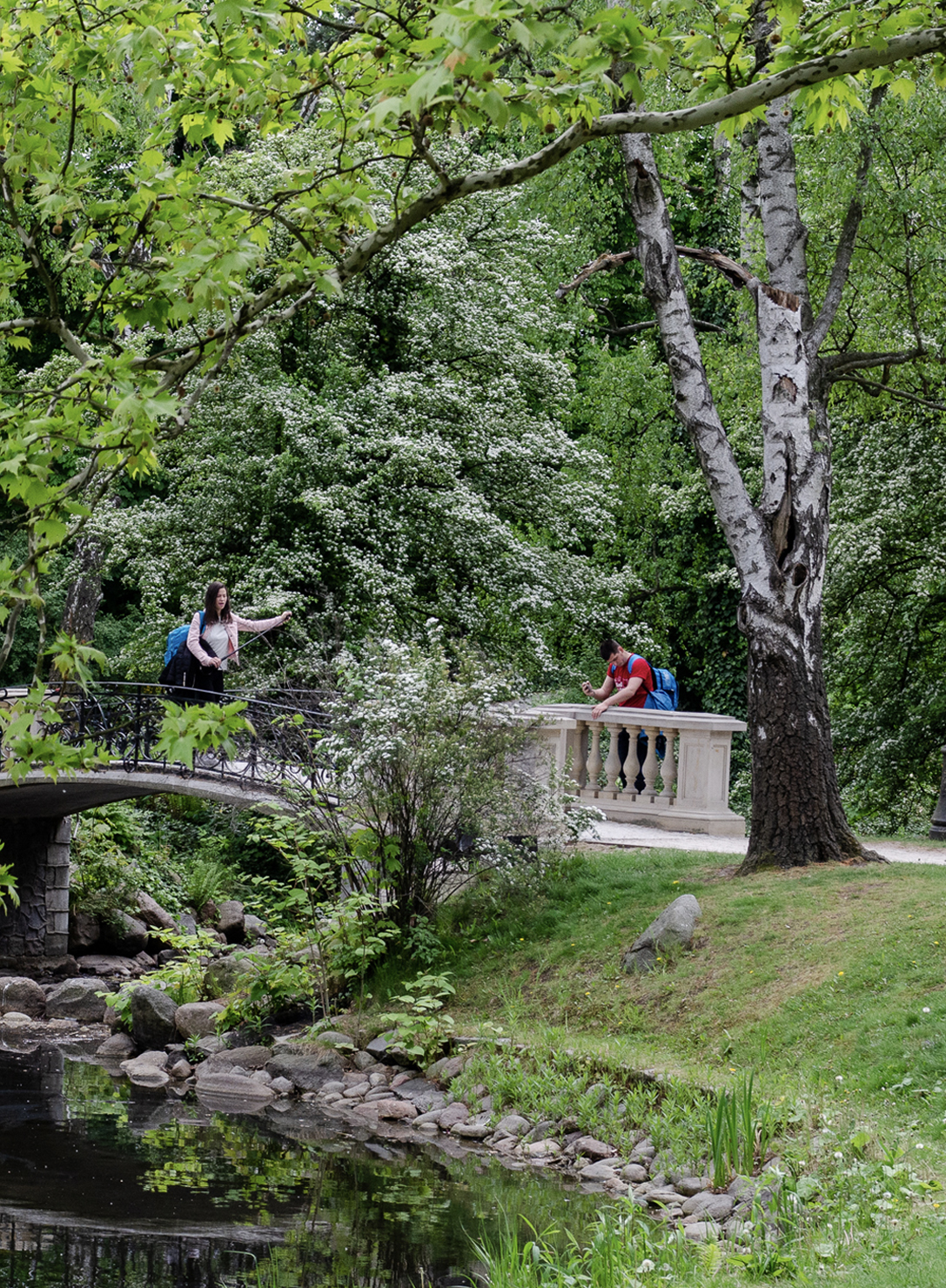
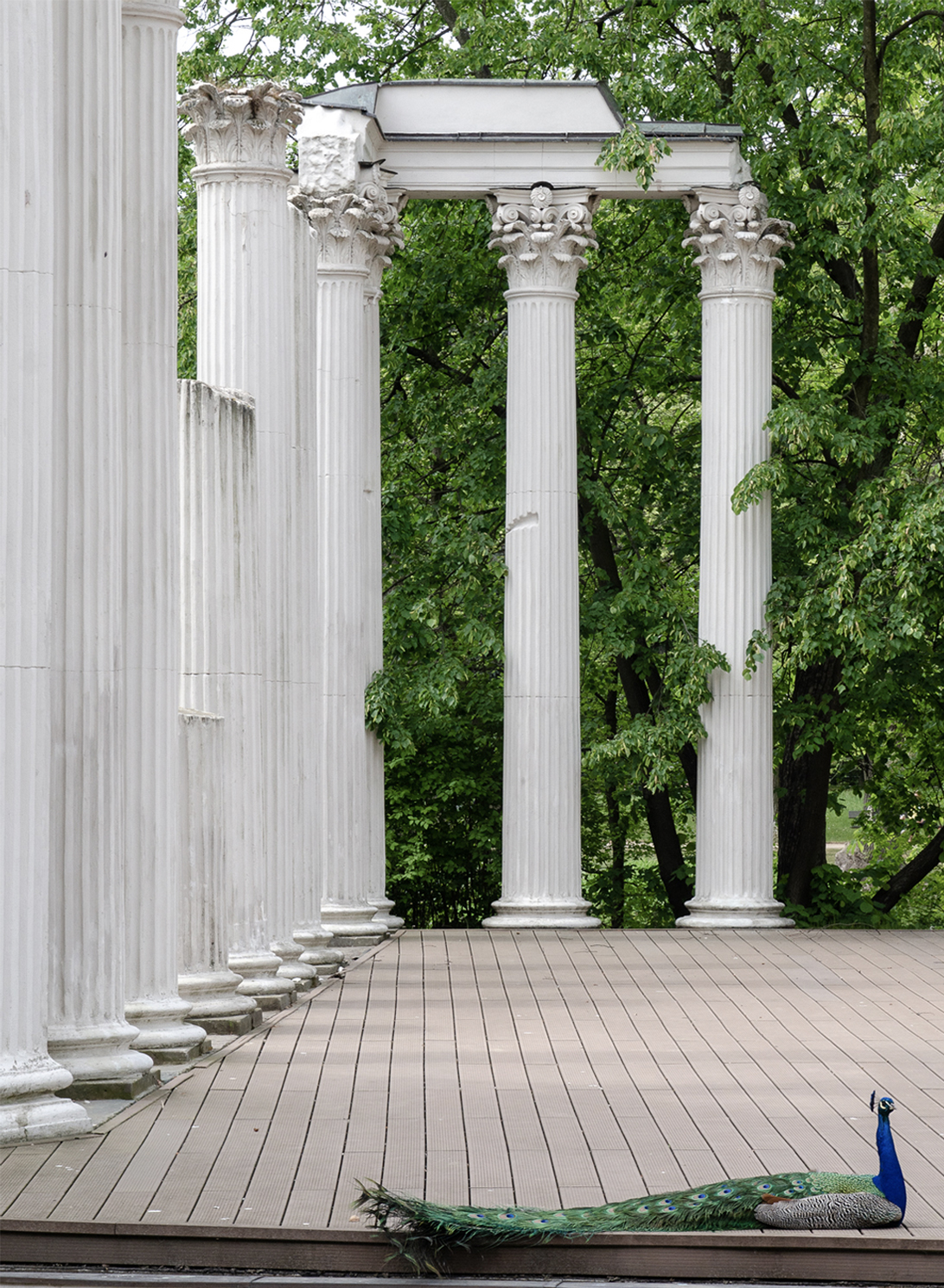
Walk alongside the Vistula
The Vistula or Wisła is Poland’s largest river and also one of the most unpredictable. The part that flows through Warsaw has carved a wide path through the capitol and left the city with two ‘wildly’ different river banks. The left (West) bank has various boardwalk, restaurant and cafes while the right (East) bank has been largely left alone to mother nature.
When you visit Warsaw during Summer, then don’t forget your bathing suit and towel! The cities urban beaches are told to be some of the greatest in the world. They are clean and tidy and they attract locals, visitors and sports enthusiasts.
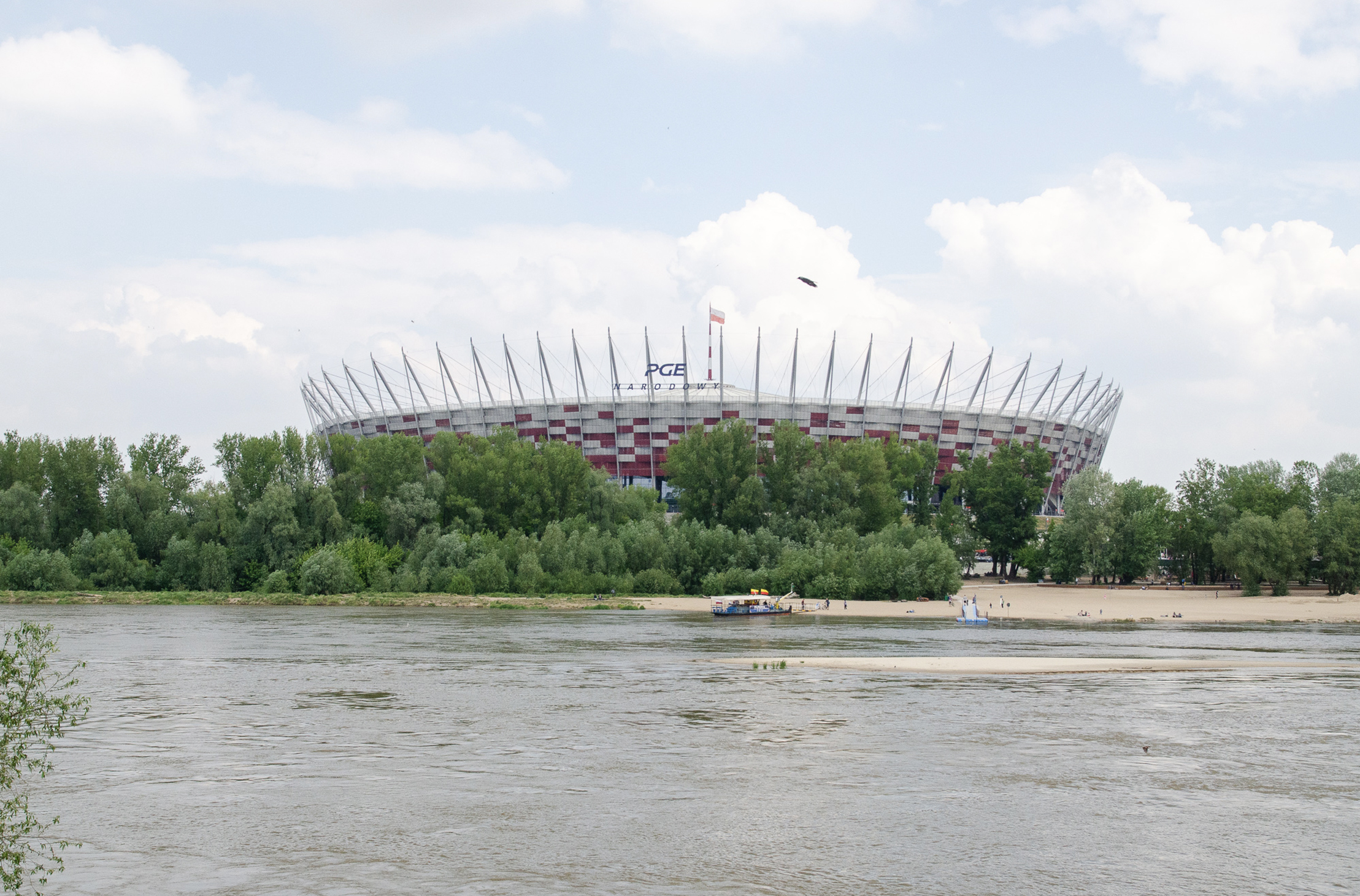
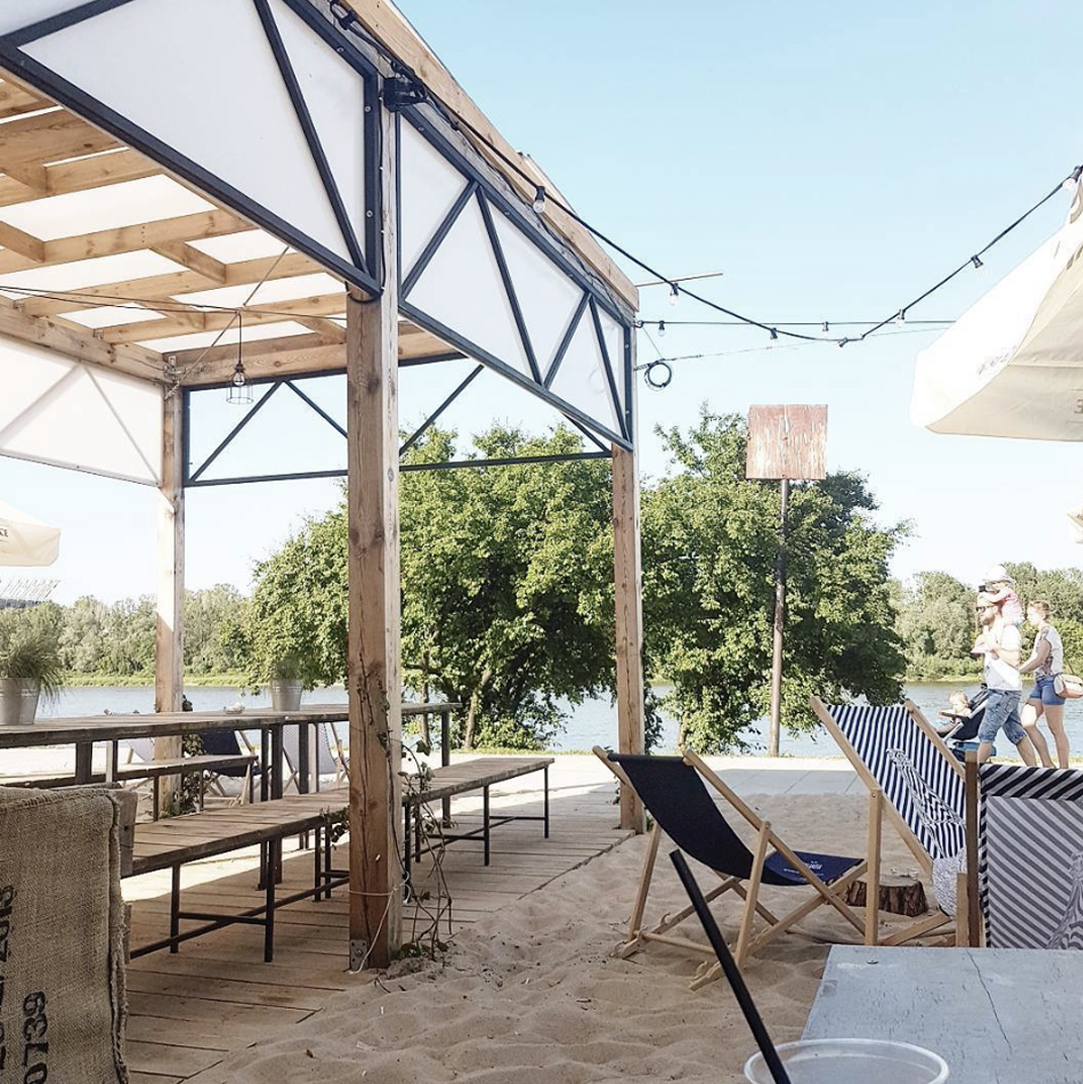
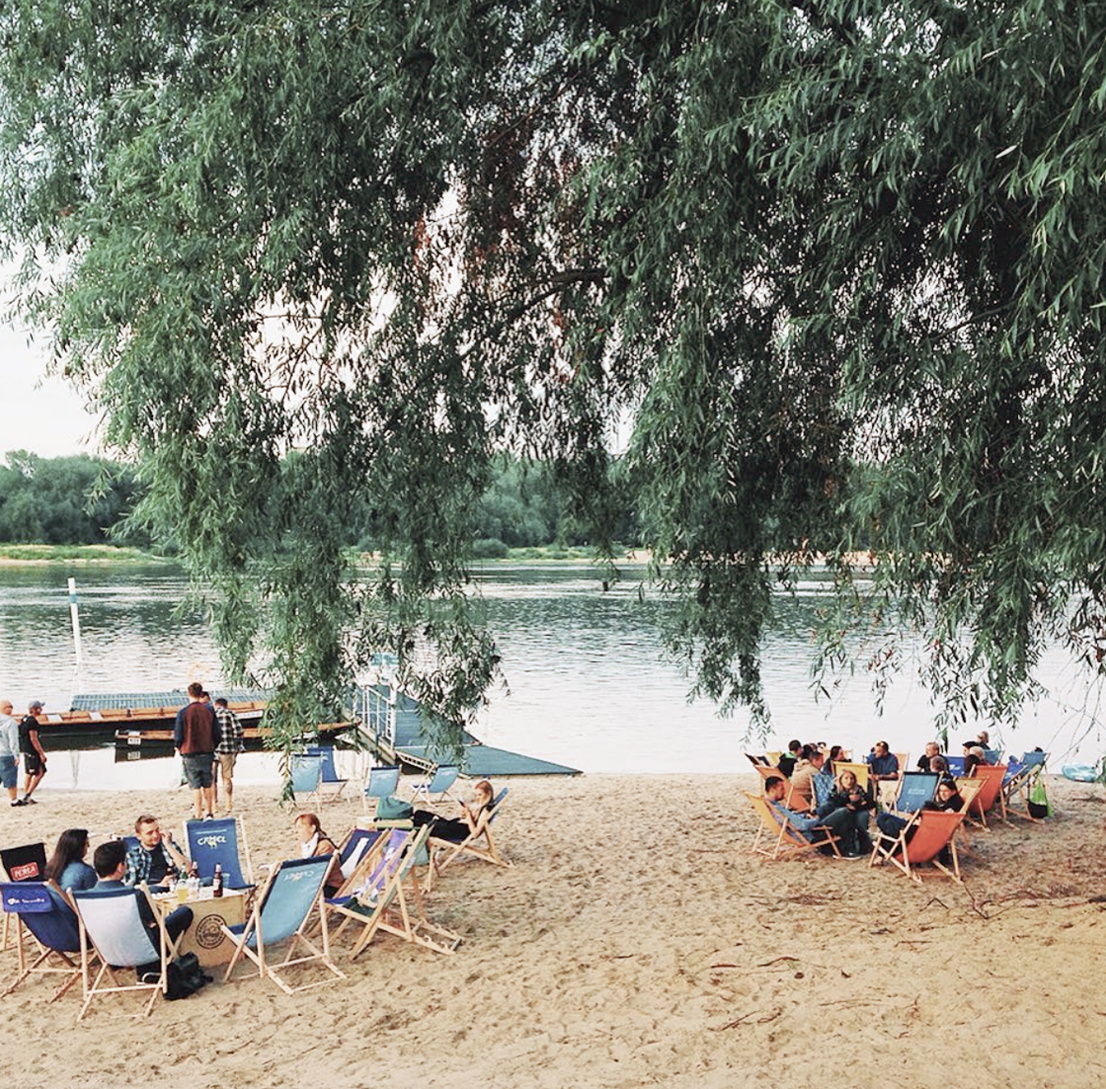
The Beach Pavillon Plażowa is one of the latest places where Warsaw’s local meet in summer. It’s a cool place where you can find outdoor theater and cinema, a swimming pool for children, a renting point for sport and beach accessories, as well as many cafés and bars. On weekends, they also organize free concerts, mainly with local musicians.
Here is a great article about the transformation of the Vistula’s river banks.
Explore Praga
We were crossing the Vistula via the Śląsko-Dąbrowski bridge, heading from Warsaw’s Old Town over to the less-visited right bank. Described as ‘trendy’ at best and ‘dangerous’ at worst, Praga has long been considered off-limits to tourists. While Warsaw’s left bank has been booming in terms of development and regeneration, Praga has been left behind, regarded as derelict and beyond-repair by officials.
Praga is one of the oldest districts of Warsaw, constructed at the turn of the 19th and 20th centuries, or in the interwar period. Some streets are very much in the same condition that they were in 1945.
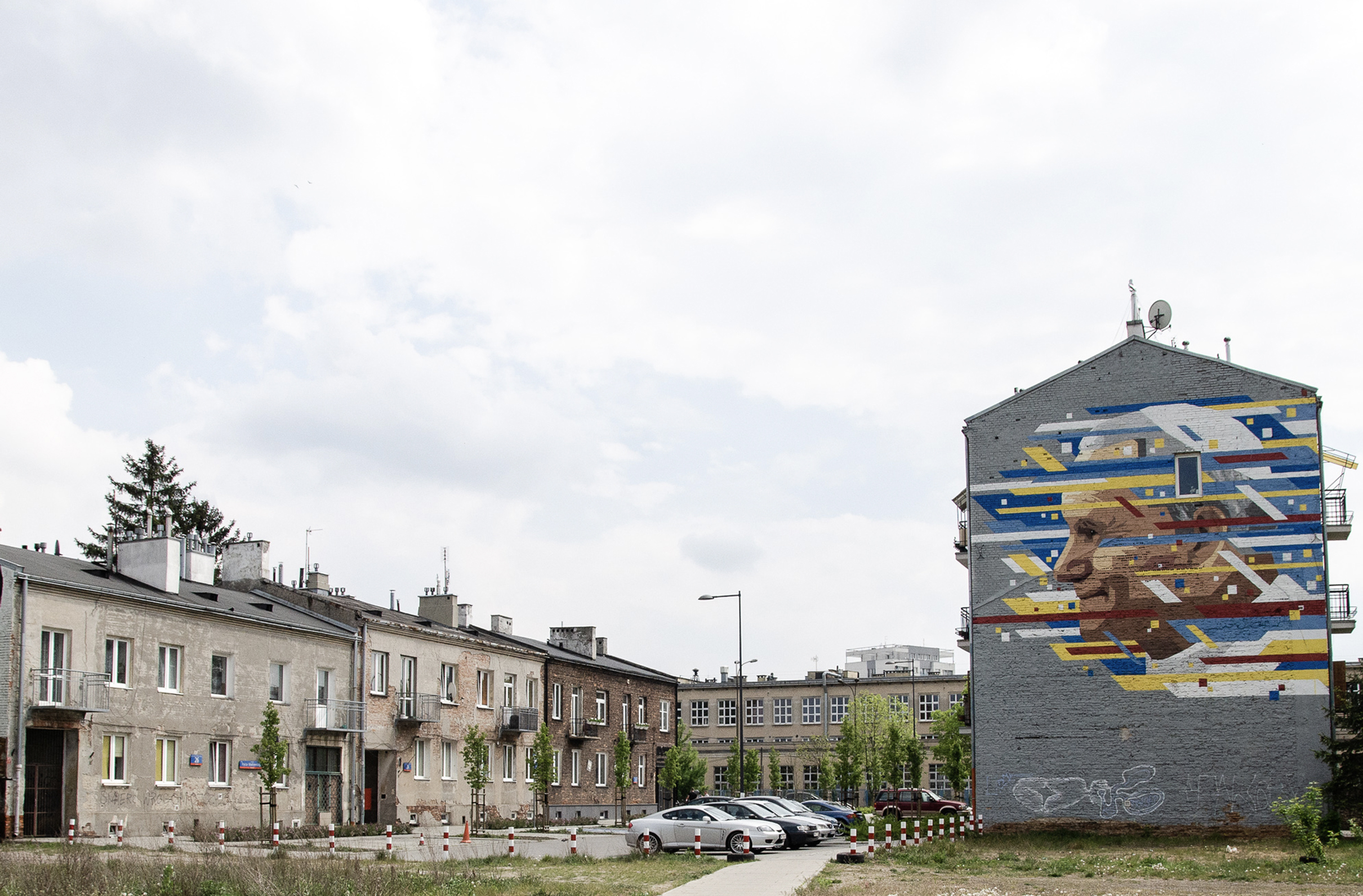
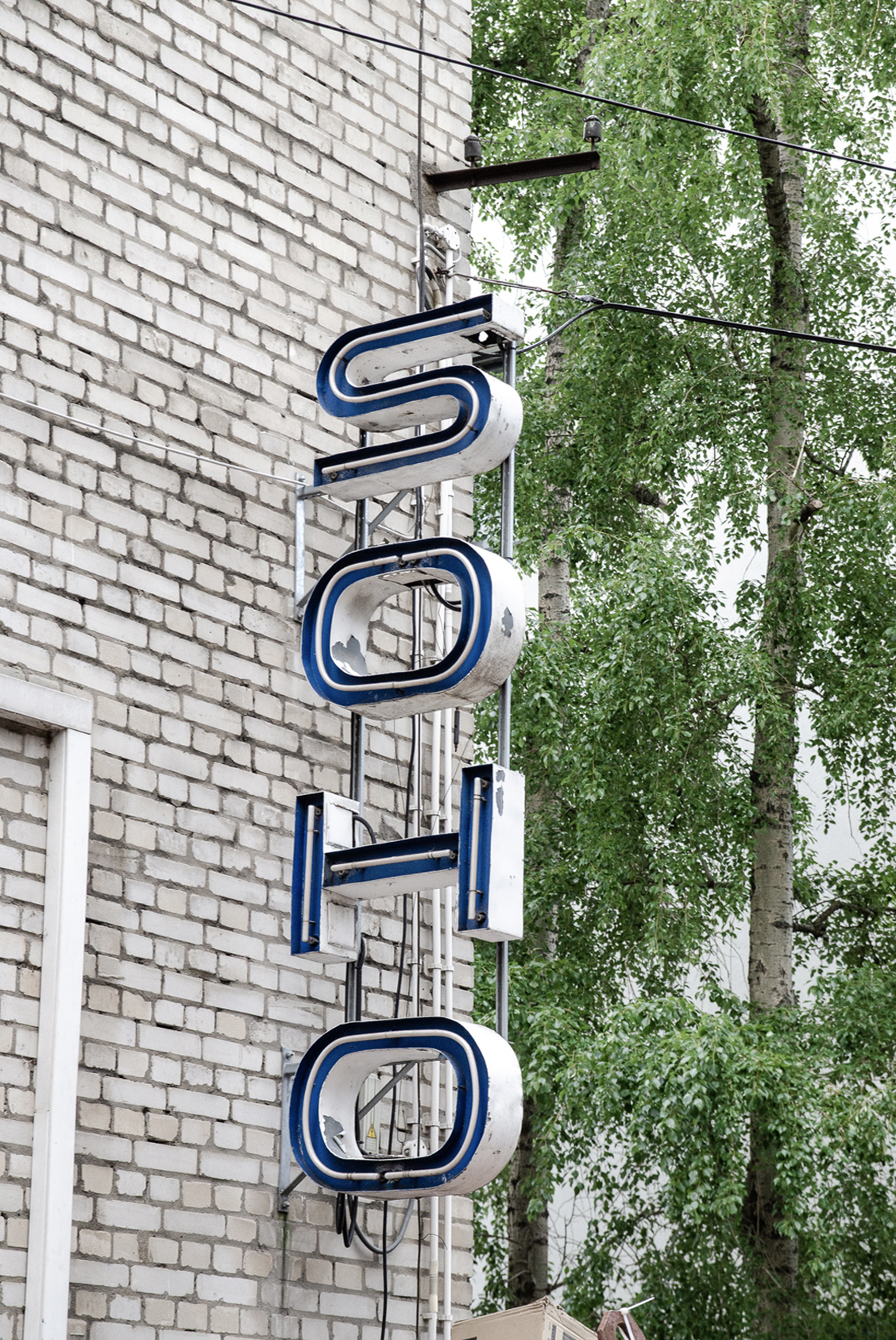
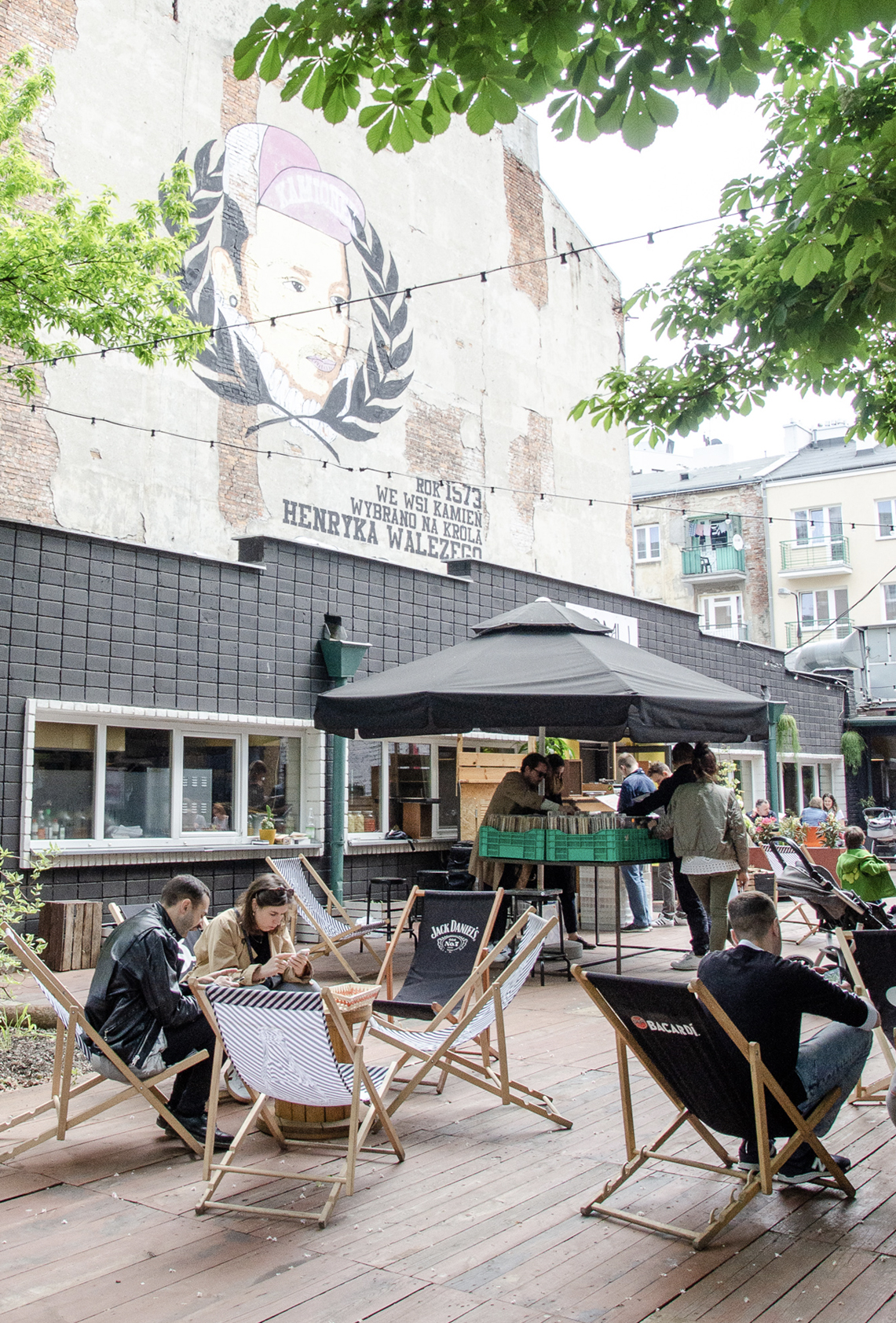
But the neighbourhood is slowly changing. As property prices rise in the city centre, students and artists has come to this part of the city, searching for cheap accommodation. In the last decade the district has become a fashionable place and is exhibiting signs of gentrification, attracting the creative class and migrants searching for inspiration. At the moment though, the revitalisation of the right bank seems unstoppable. It is bursting with life and has good chances to become one of Europe’s new creative capitals.
But even if Praga is still light-years away from being the next Brooklyn, it has something incredible real and authentic. And that is exactly why it is so charming!
The Soho Factory | Mińska 25, 03-808 Warszawa, Pologne
The Soho Factory is one of those places already turned into a cool hipster spot. It is a massive post-industrial site, transformed into creative studios, restaurants and cool galleries. It is a great place to stop for lunch or to have a drink in the garden.
Neon Museum | Soho Factory, Mińska 25, Praga District, 03-808 Warszawa, Pologne
The Neon Museum is another great place to visit. Honestly, I think this might be the only Neon museum existing in the world.
Opening: Monday, Wednesday-Friday: 12 pm – 5 pm. Saturday 12 pm – 6pm. Sunday 11 am – 5 pm (closed on Tuesdays)
Admission: 12 PLN
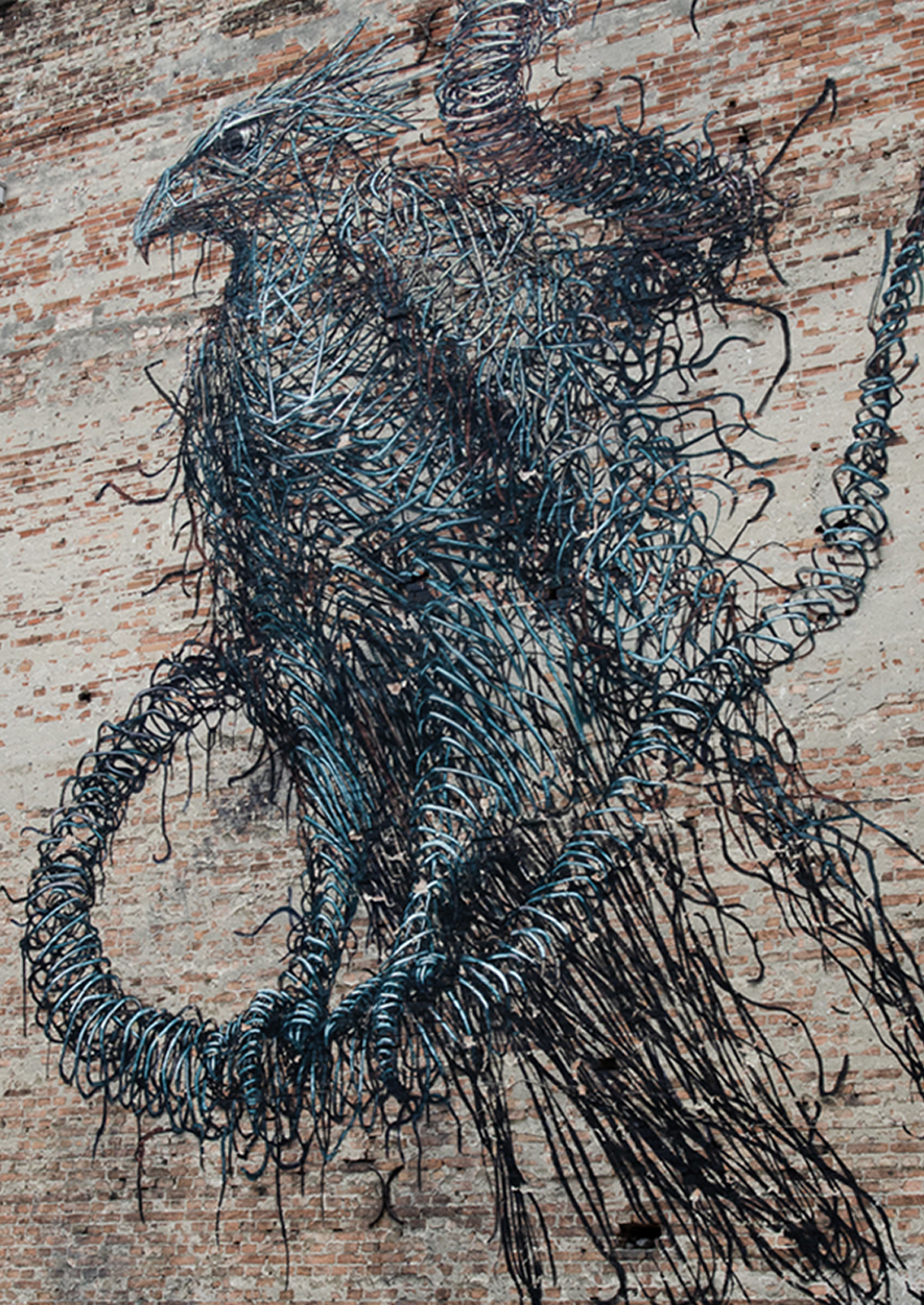
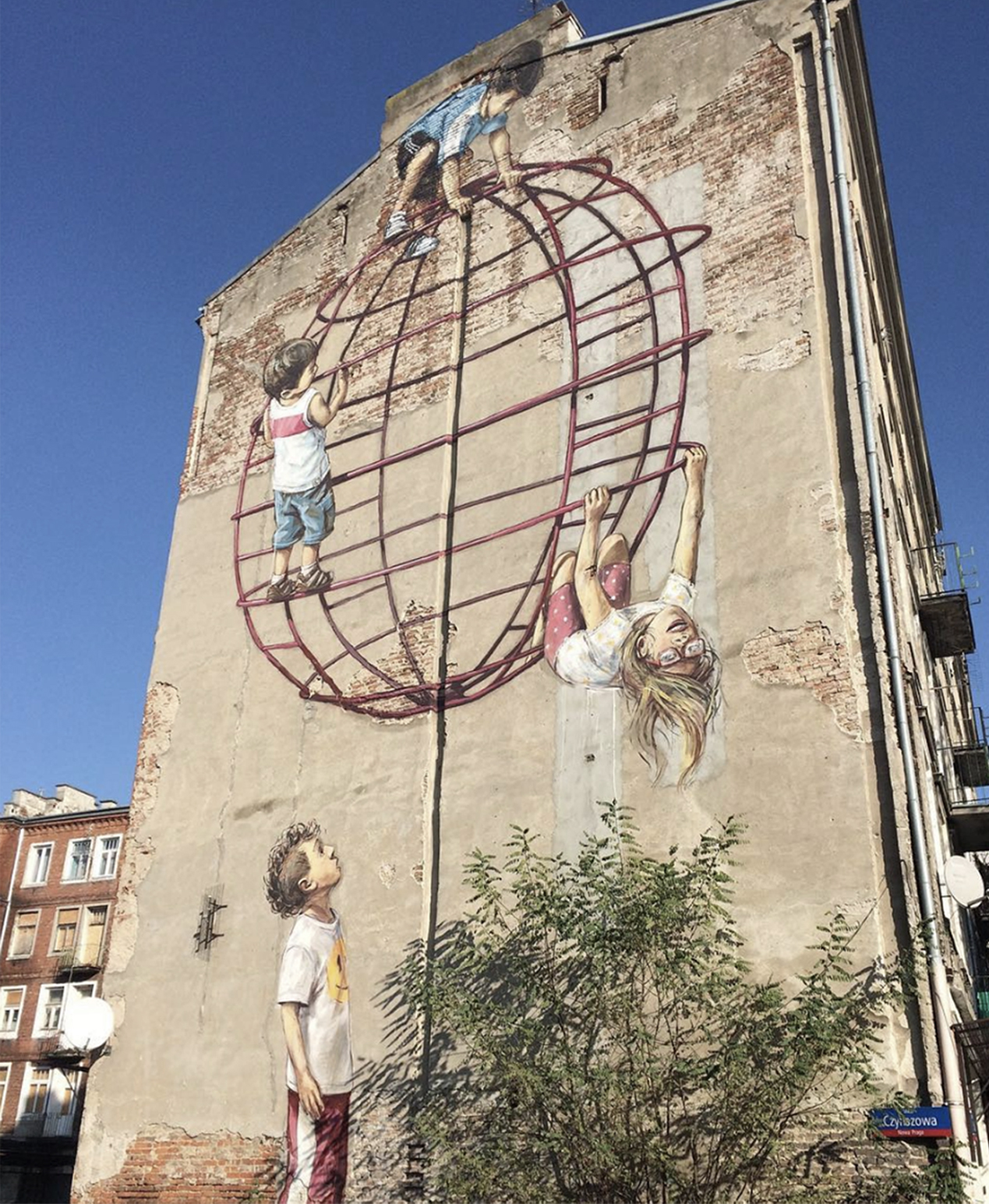
WHAT ELSE CAN YOU DO:
Visit Fotoplastikon | al. Jerozolimskie 51, 00-697 Warszawa, Pologne
This is a tiny museum including the oldest stereoscopic theatre in Europe, still in business and at its original location. The Fotoplastikon has 24 fixed stereoscopic viewports and each full rotation of images lasts around 20 minutes. The museum change the program every month. We had the chance to watch photographies of Japan from the end of the 19th century. A visit here really is a trip back in time.
Tour the Copernicus Science Centre | 20 Wybrzeże Kościuszkowskie st., 00-390 Warsaw
The CSC is one of the best science centre in Europe and one of Warsaw’s top attraction when you travel with kids (are older ones). Not only will you learn an awful lot, but you’ll have a blast exploring the museum’s numerous thematic areas spread over two floors.
Visit the Royal Castle | plac Zamkowy 4, 00-277 Warszawa, Pologne
When you want to get updated on the Warsaw’s history and see how it looked before, we can recommend a visit to the Royal Castle. There’s a great collection of paintings by Bernardo Bellotto, used as an example when the city was rebuilt.
WHERE TO EAT:
Polish cuisine is famed for its hearty, homey portions, carb-heavy ingredients and meat content. Not really the place for vegans. But no worry, you can find many trendy food places with vegan or gluten-free menues. We have listed all our favorite food places, coffee shops in the map below.
Bar Mleczny:
You should try at least once to eat at a Bar Mleczny (Milk Bar). The first Bar Mleczny, which was opened in Warsaw in 1896, and grew in popularity during communist times when fresh food was hard to get. In Warsaw’s milk bar the habitants could get a hearty, government subsidized meal at a cheap price.
Today, you can still get a full meal composed of soup, first course and a drink for around 5 Euros.
Nocny Market (Night Market) is a unique idea now in its 4th and final year, bringing together many popular bars, cafes, restaurants and street food trucks into one location. Located on the platform of a disused train station (Warszawa Główna), you walk from stall to stall, truck to truck, with old train signs dotted around, and the platform now adorned with neon lights and artwork. A truly great place to eat, drink and chill out in good company.
WHERE TO STAY:
Between us Bed & Breakfast | Bracka Street nr 20, 00-028 Warsaw, Poland
Located in downtown Warsaw in a classic 19th century architecture with contemporary designed interiors this B&B is truly a little gem in the very heart of the Polish capital.
B&B Autor Rooms | wowska 17/7, Sródmiescie, 00-660 Warsaw, Poland
The rooms are carefully renovated combining old with new design elements. The breakfast is delicious with lots of choices and really fresh organic food. It is situated in the center of Warsaw, in the Sródmiescie District.
Hotel Warszawa | 9 Plac Powstancow Warszawy, Sródmiescie, 00-039 Warsaw, Poland
When you prefer a more luxury stay, then we can recommend the Hotel Warszawa. It is one of the most modern hotels in Poland with a great spa & wellness area.
Or rent a nice Airbnb appartment for your family in Warsaw. It is cheap and you get a more social experience. Many hosts are likely to give you useful insider tips allowing you to experience Warsaw like a local.
You may also like /
CULTURAL FAMILY GETAWAY IN FLORENCE | ITALY
A AFTERNOON AT THE ŁAZIENKI PARK | WARSAW
20 UNMISSABLE THINGS TO DO IN BARCELONA WITH KIDS
